Redesigning the creative workflow
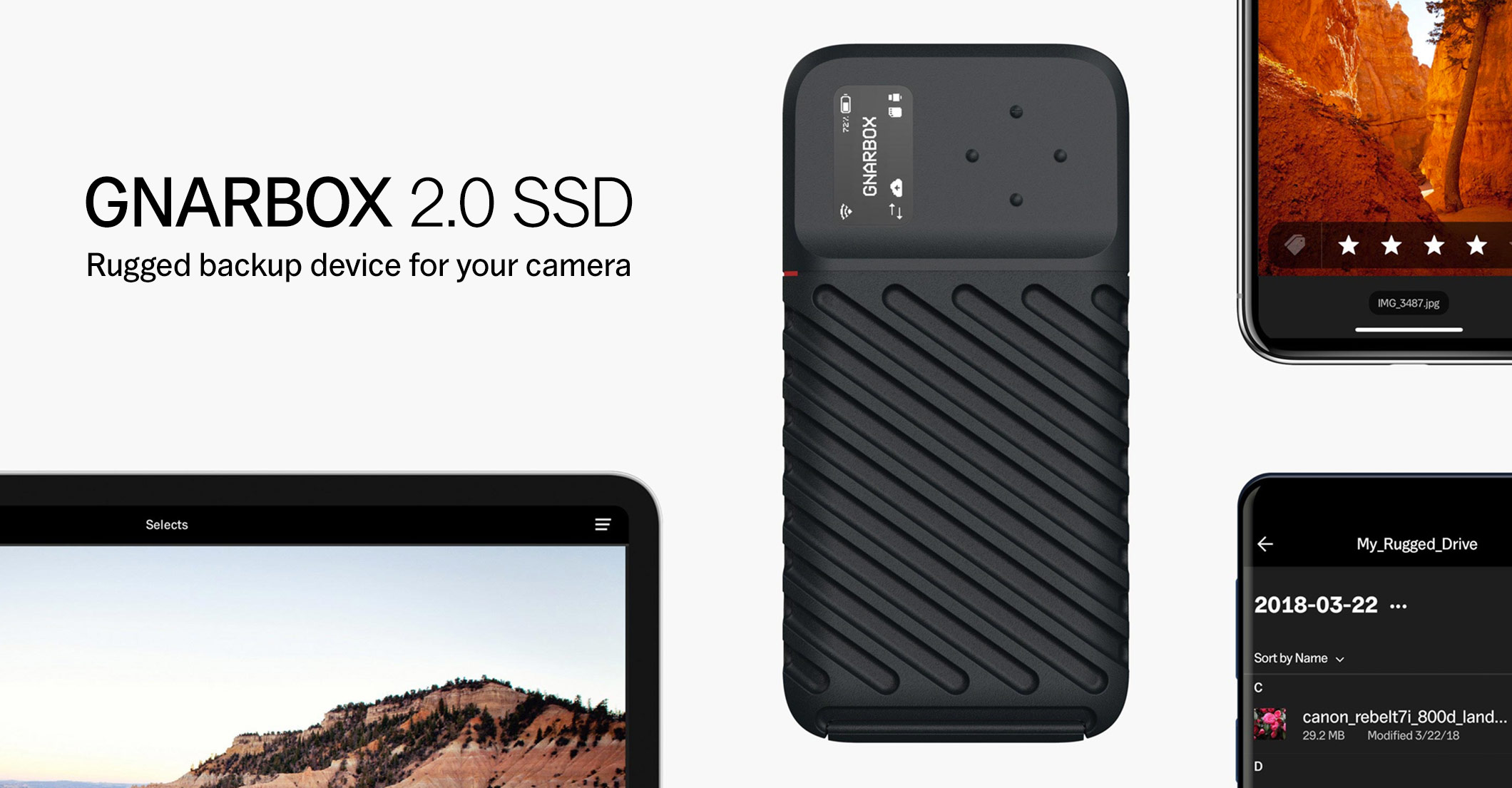
“We truly wouldn’t be the organization we are today without you. You arrived at a crucial juncture, and I don’t think anyone expected a true communications, product managing designer triple threat who would help directly mold the org into what it is today.”
As a product and design leader at GNARBOX, I played a key role in developing several functions of the organization at a critical moment in its trajectory.
Joining a visionary team at the front-end of its second hardware/software product development cycle, this was an opportunity to both learn from the first product’s results as well as make significant leaps into new futures. When I arrived, the team had built a promising technology concept. What it needed was the frame of a coherent product marketing strategy and good design to advance the technology from early adoption phase to premium mainstream product.
My impact spanned leadership team, user research, marketing strategy, product design, organizational development, and internal coaching. Two guiding principles – advocacy for insight and cultivating shared understanding – enabled me to raise the quality of focus within my colleagues, across departmental teams, in the product experience, and for the organization as a whole.
The result was GNARBOX 2.0 SSD, which launched to a $1M+ pre-order campaign and transformed a peripheral innovator into the market-leader through a product people loved.
Experience
GNARBOX
Los Angeles, CA
Impact areas
Insight
Strategy
Product management
Design
Organizational development
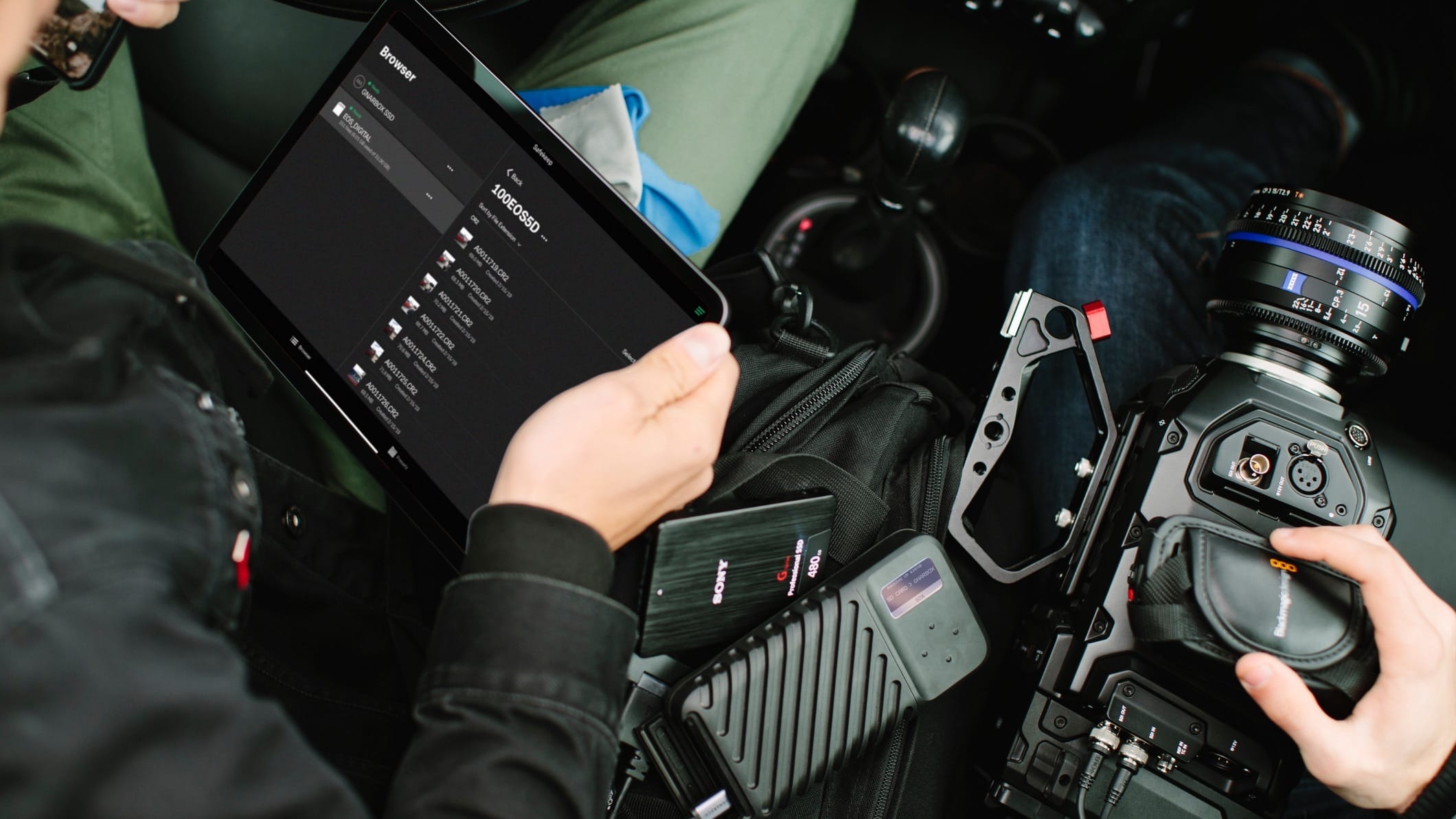
Product/market definition
What was GNARBOX? A mobile memory card device? A smart hard drive? A custom Linux-based IoT edge computer? When I joined, customers and employees had widely different ideas about just what exactly it “was” and why that mattered. No surprise: a category-creating breakthrough technology with a myriad of novel functionalities often isn’t inherently easy for people to understand nor speak to concisely. GNARBOX needed to be positioned. Its complexity needed to be distilled down to what made it simple and significant.
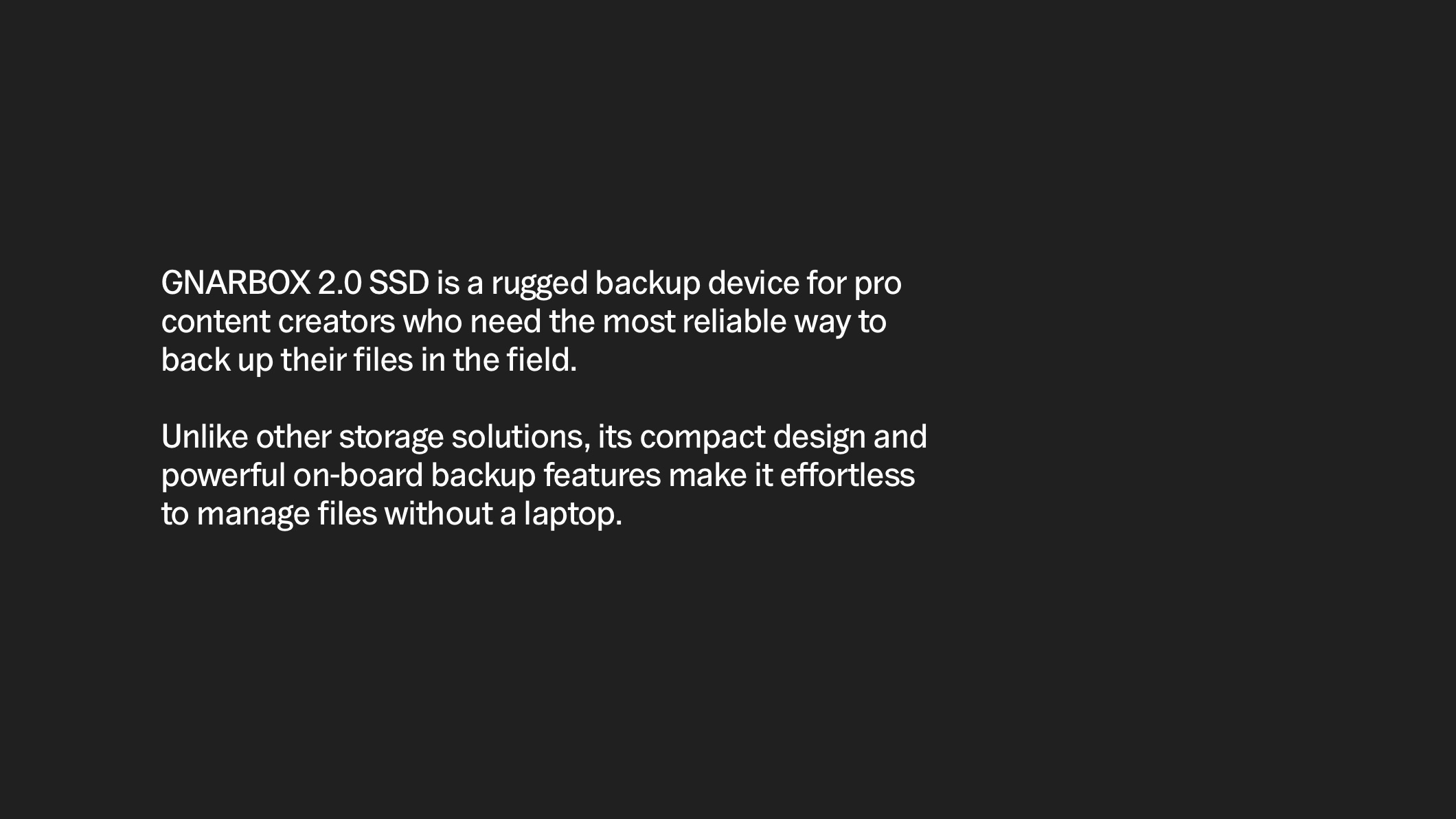
Leveraging user research
While developing powerful core technologies, we also needed a powerful point of view about the user and the broader marketplace. Who would like this idea vs. who would need it? What approach would create strategic leverage points and captivate the market? What role could innovation play in tactfully improving peoples’ capabilities, tools, and experiences? What would high-value, highly practical design and marketing experiences look like? With these questions, I developed and implemented a target customer research program to discover the strategic “way forward” for successful execution. This included mixed methods of qualitative interviews, prototype feedback workshops, quantitative surveys, and synthesis. In addition to informing product and marketing decisions, I developed an internal consumer insight database with dynamic cross-sectional views across multiple customer segments to ensure the organization would be armed with detailed insight as it evolved.
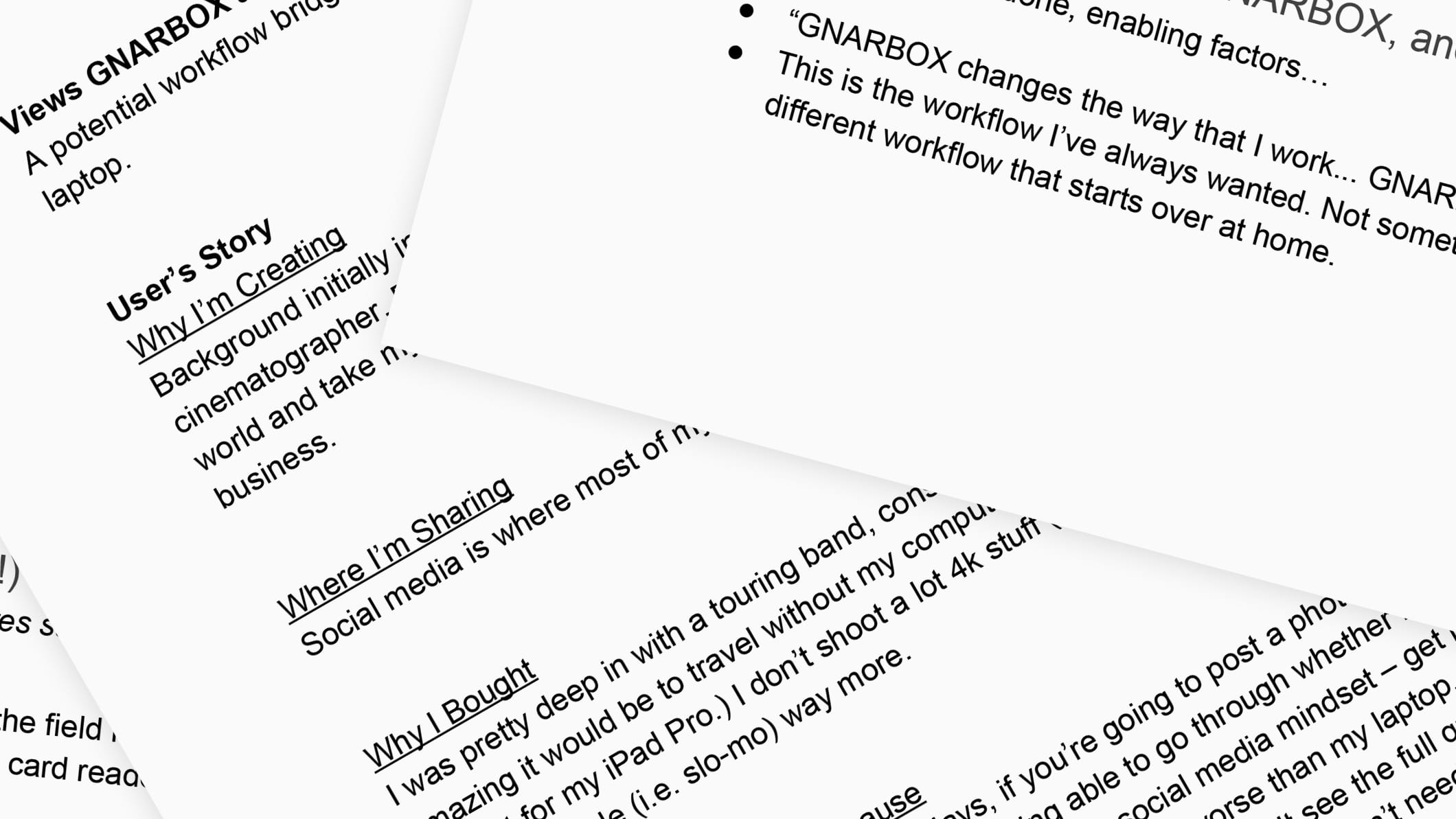

Defining the customer experience strategy
By introducing a series of new customer experience frameworks, I worked with marketing leadership to systematically unify the organization’s approach to communications and experience. Where there was previously a state of “different individual voices,” now everyone could coordinate through shared language and critical thinking across the customer journey, from product discovery to purchase to user support to recommendation.
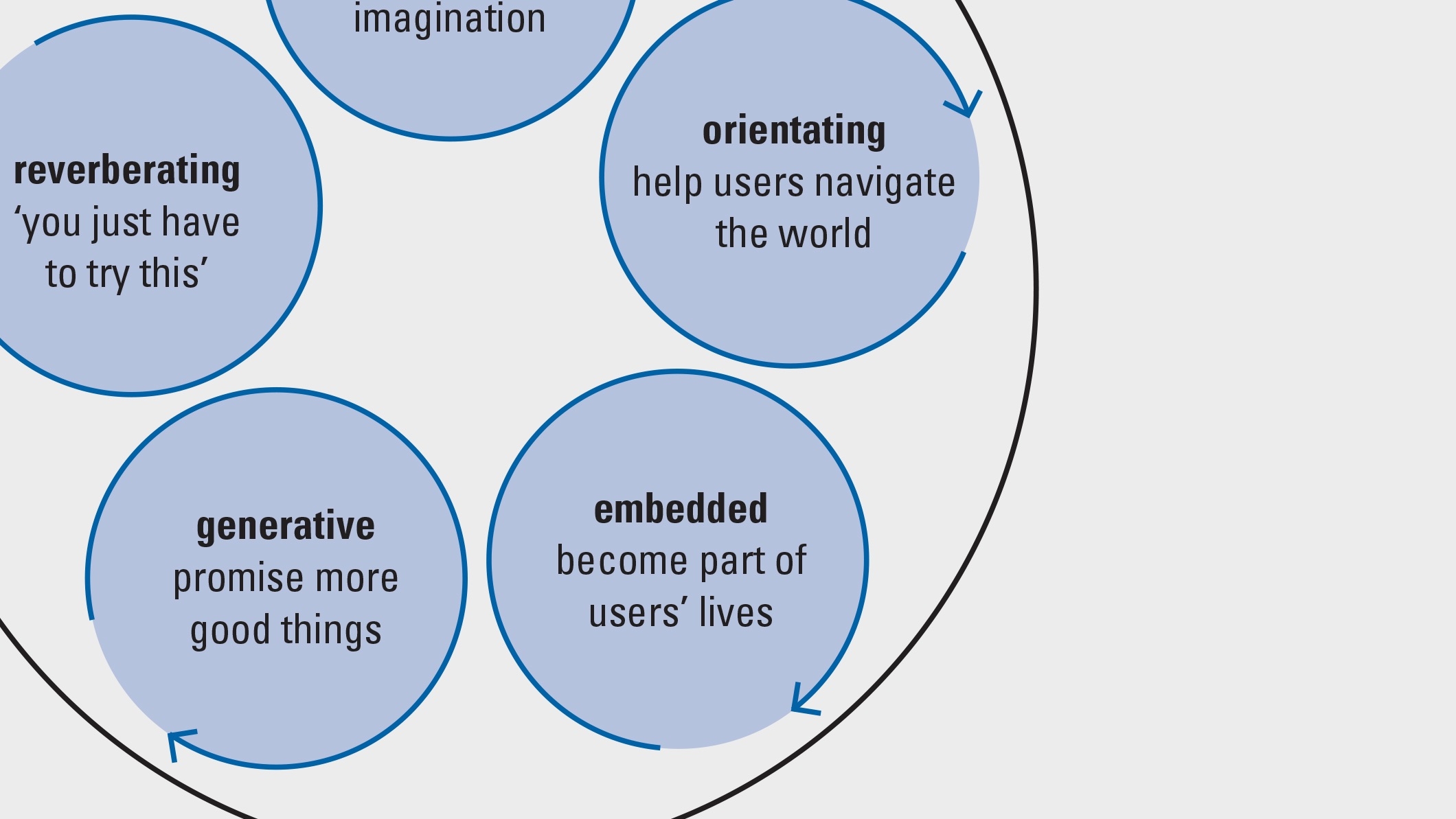
Product management
Building brand new hardware and software at once, I supported departmental leaders and a full-stack engineering team through roadmapping, requirements definitions, scoping assessments, cross-team alignment, development, and testing. We balanced the development of new product experiences on top of a fundamentally new platform: multiple pro-grade media management apps for iOS and Android wirelessly paired to a weatherproofed, pocket-sized Linux computer equipped with I/O ports, its own removable battery, and built to handle the world’s endless variety of photo and video file formats. Along the way, we ran a beta user program to gather early feedback about different use-cases we were designing to serve.
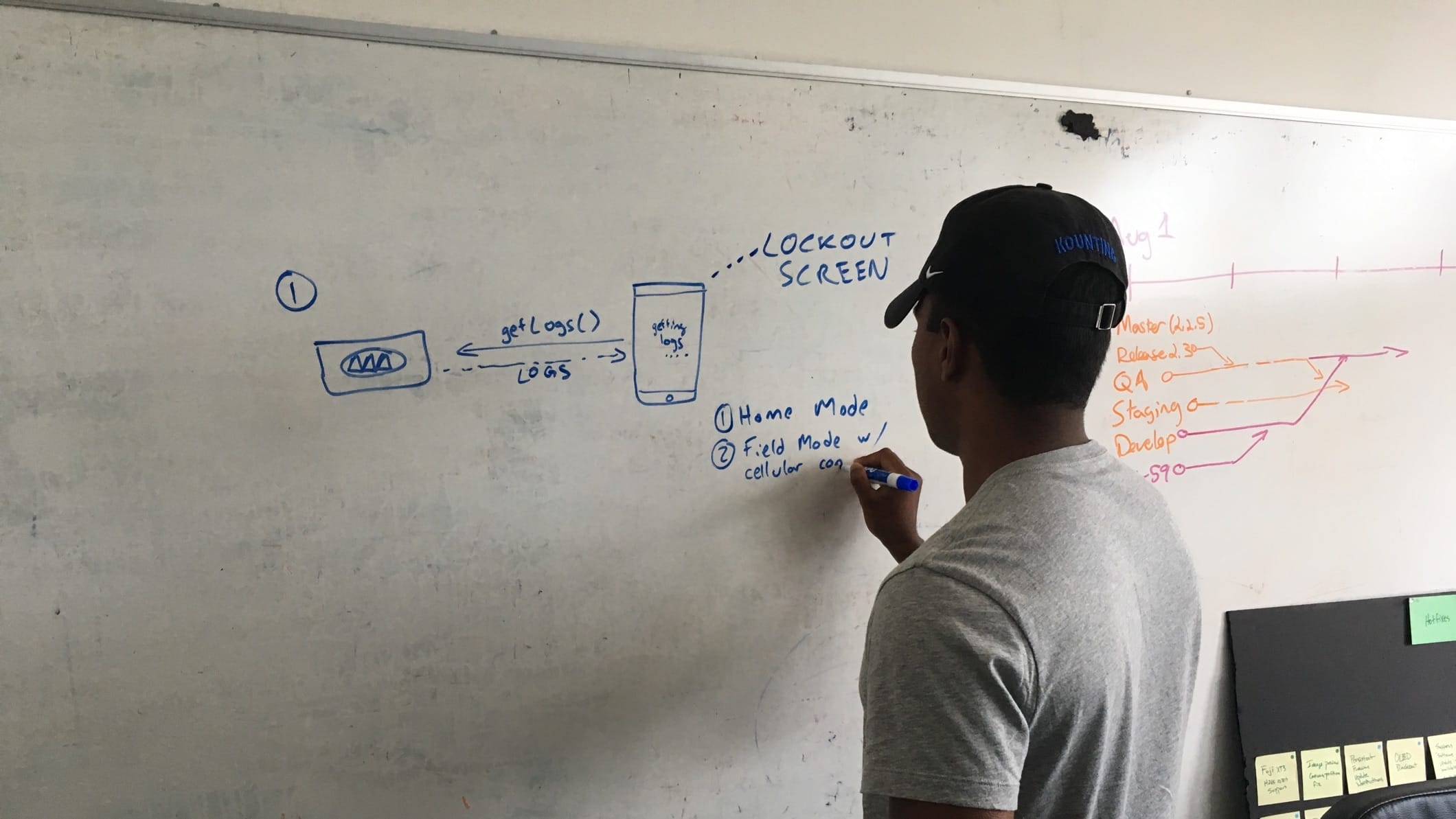
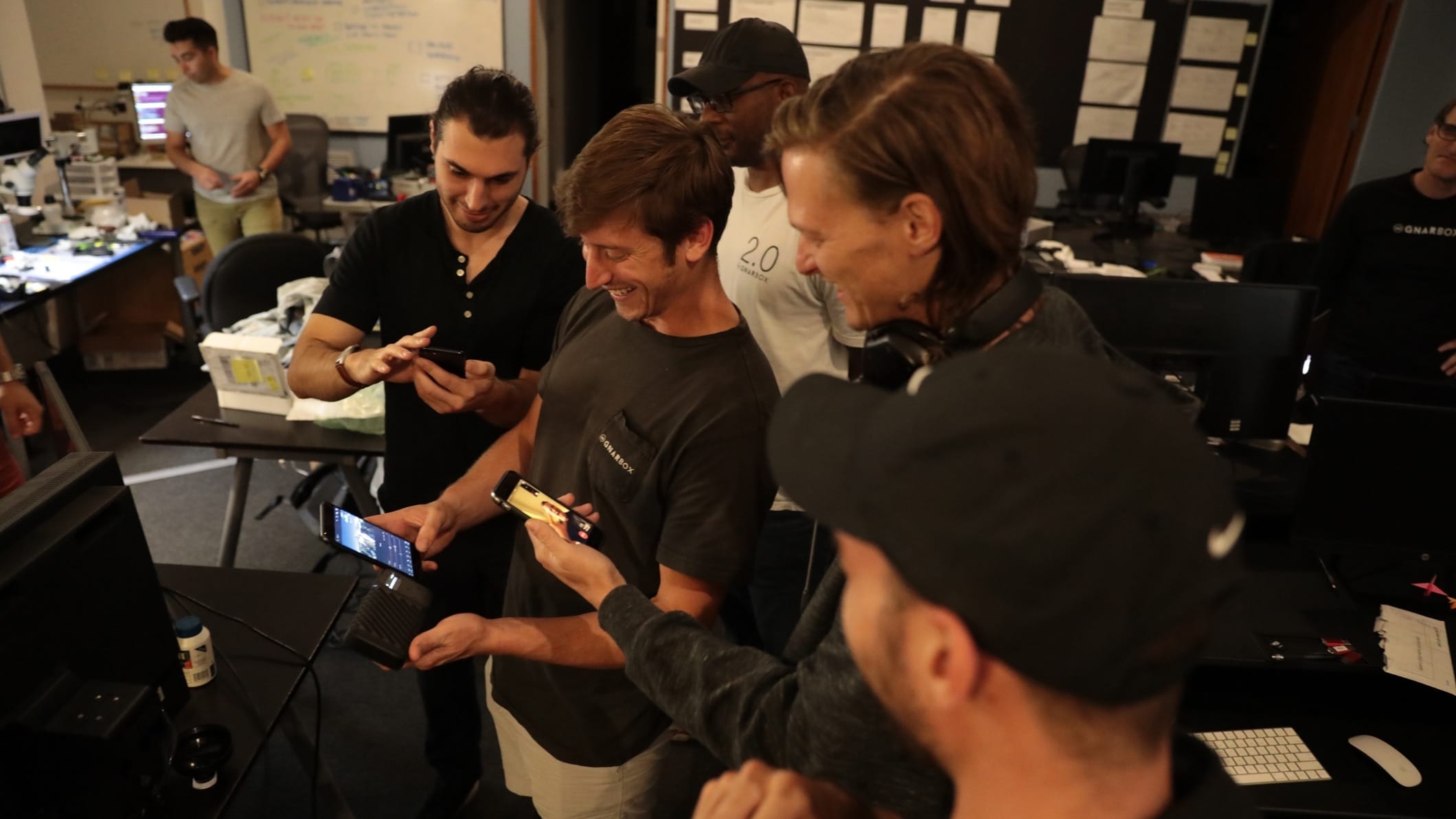
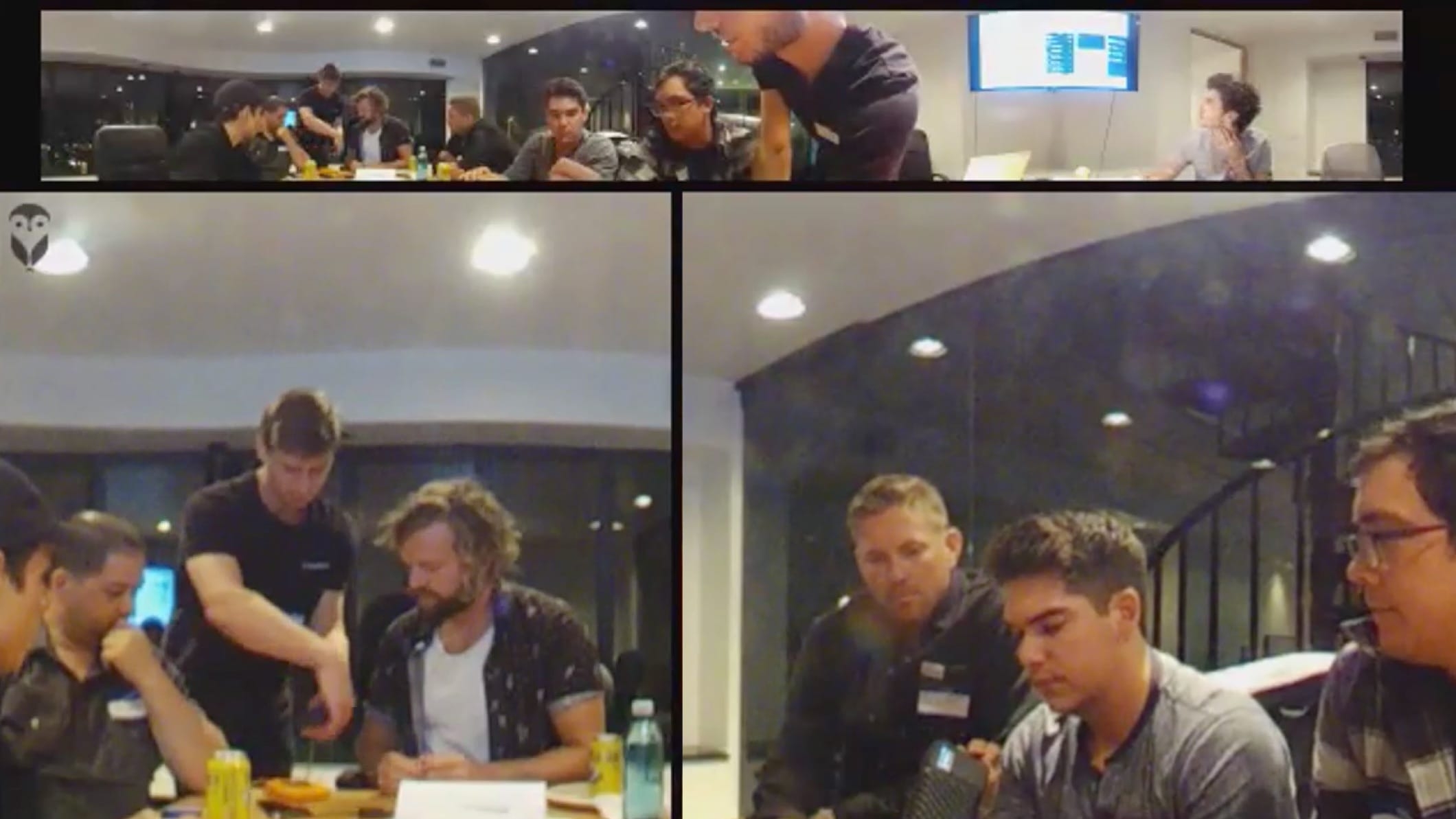
End-to-end design leadership
I led a fully rebooted design approach across numerous projects and mediums: brand design, user interface, a Kickstarter campaign, retail packaging, e-commerce website, customer support portal, and more. GNARBOX 2.0 SSD was DPReview’s Accessory of the Year, reviewed by industry-leading influencers (Chris Burkard, Peter McKinnon, Matti Haapoja, etc.), covered by all technology press, and named “the most useful product of 2019” by cinematographer Philip Bloom.

Brand design
Previously made to appeal to an action sports lifestyle, the brand design needed to mature as the product and business pointed toward a different target audience. How might we translate the essence of values like “sturdiness” and “ease” into visual expressions that attracted pro content creators? While competitor products were busy copycatting elements of the first-generation GNARBOX, I elevated the brand to represent its next stage as an elegantly engineered camera tool. Redefining the scheme across every detail – image, color, type, language – made clear that this was a premium (+$900) product.
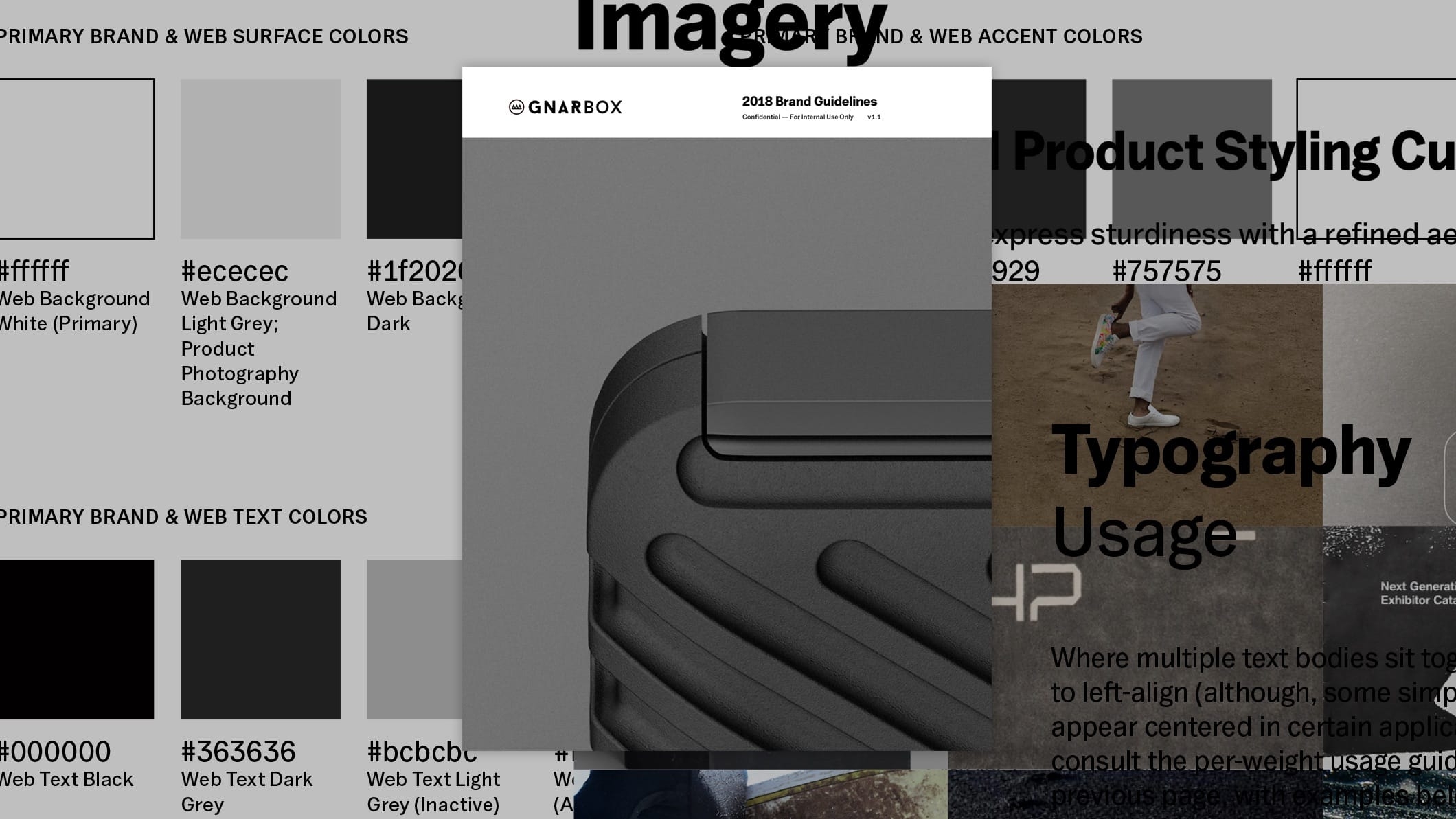
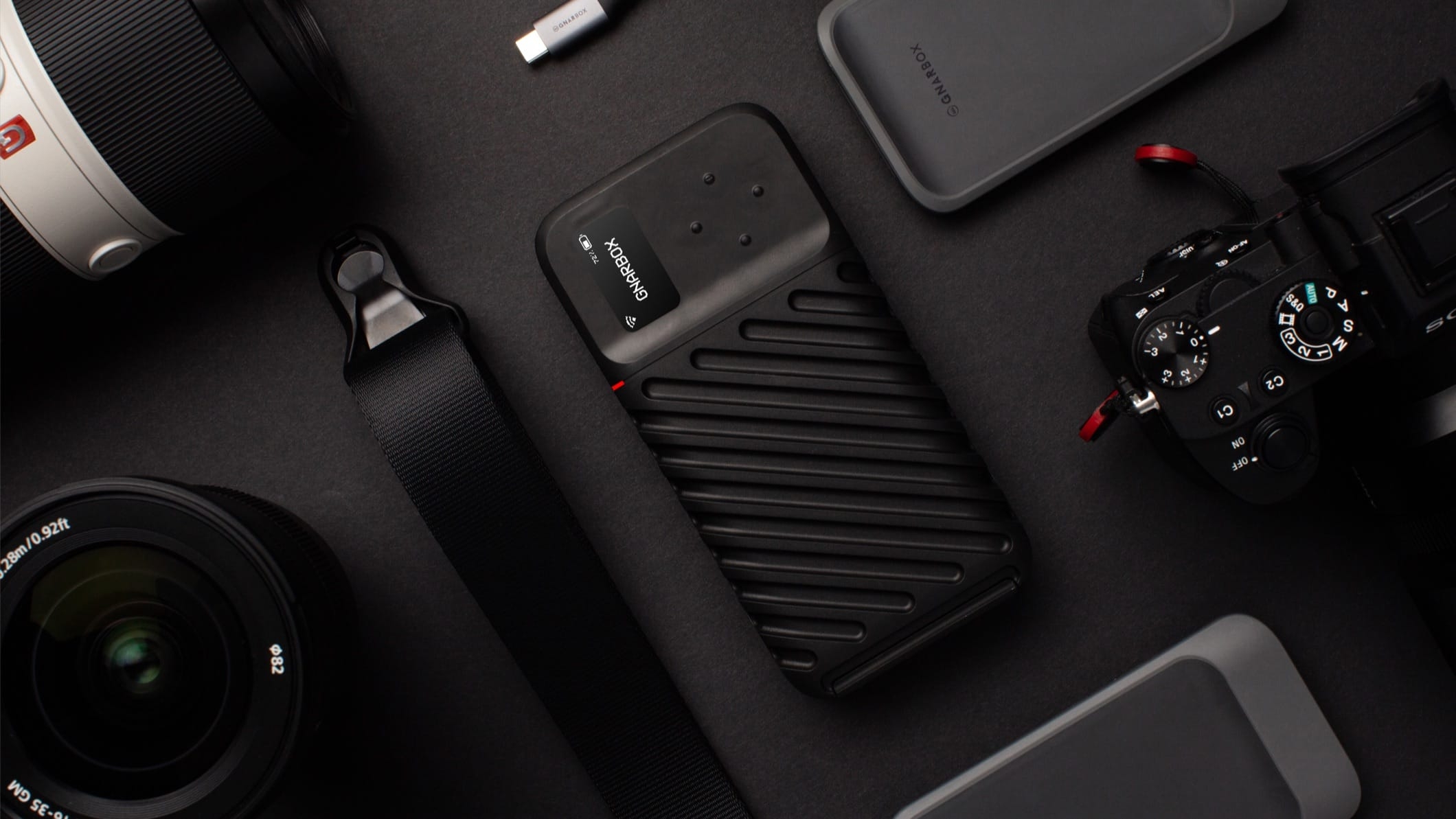
User interface and component library
With dozens of product features to develop, I led the design of all user experience and design ops coordination with our engineers. We established an internal component library to define core reusable assets, making the implementation of design specifications more efficient for the software development process and more intuitive for the end user. GNARBOX 2.0 SSD had several interfaces: on-board buttons and OLED screen, mobile apps, and tablet apps. It had to provide desktop-grade file management, rapid media review, home and field WiFi connectivity modes, full-stack software update processes, and more – essentially compressing the experience of using a computer into mobile workflows.
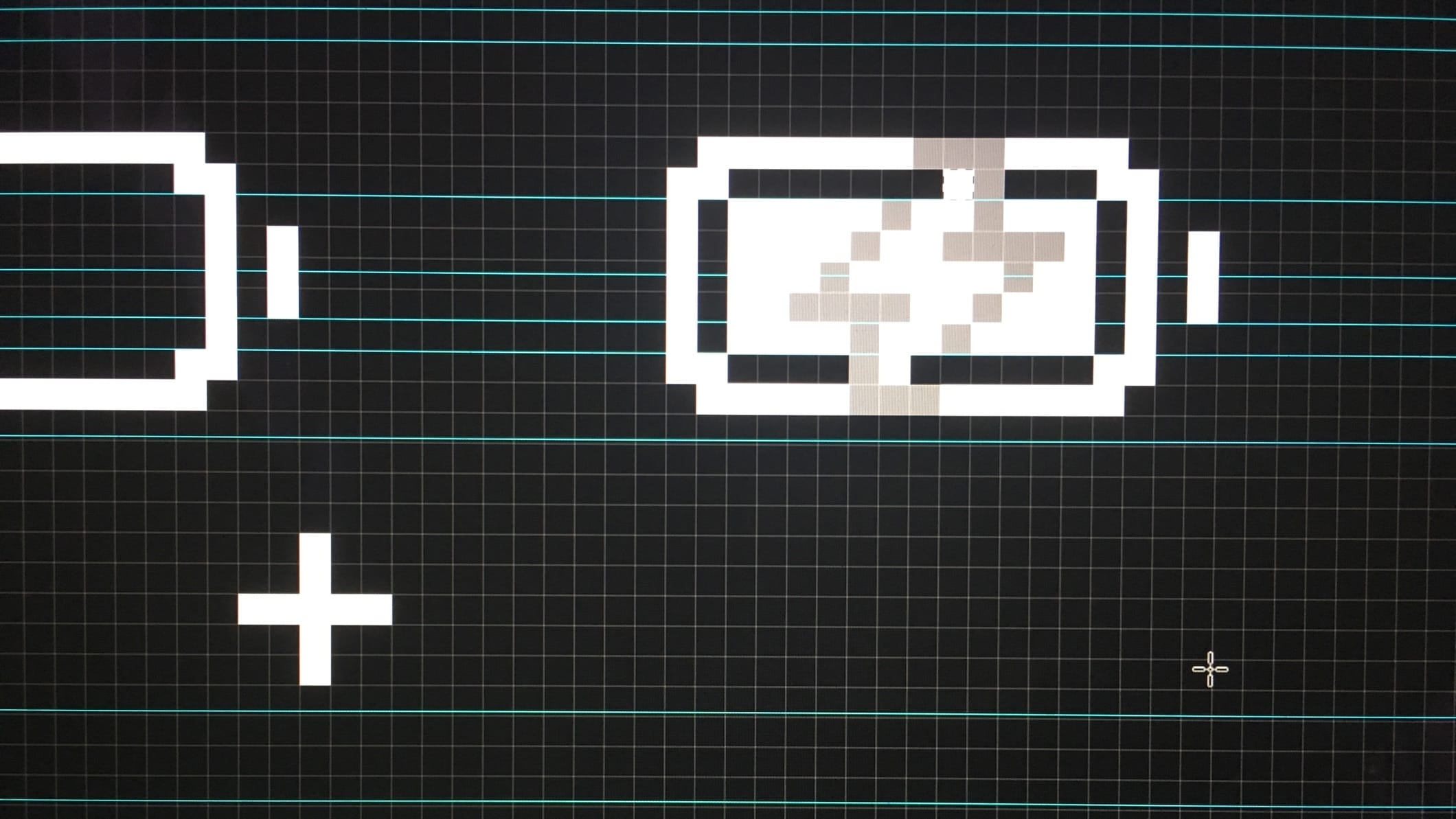
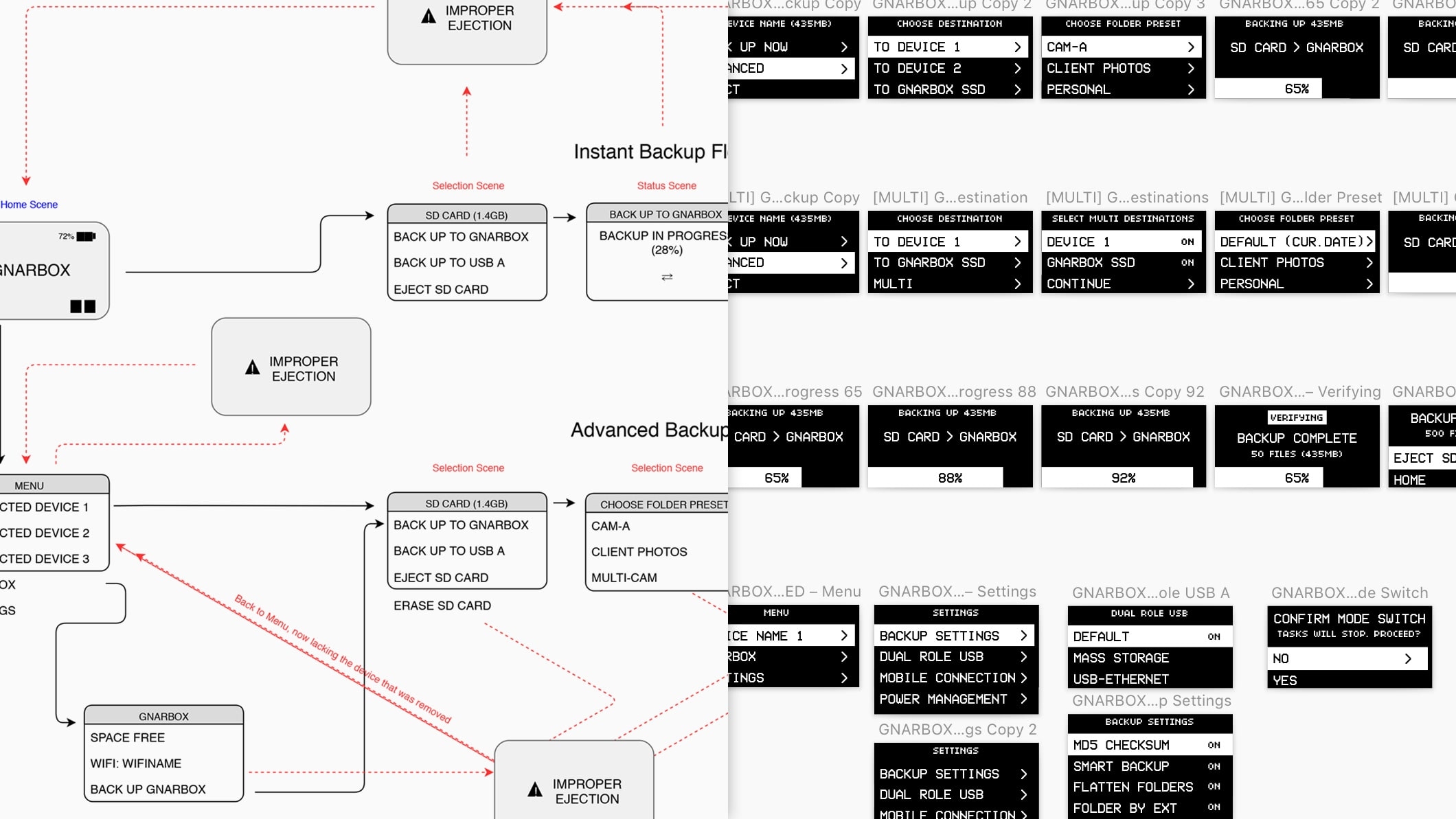
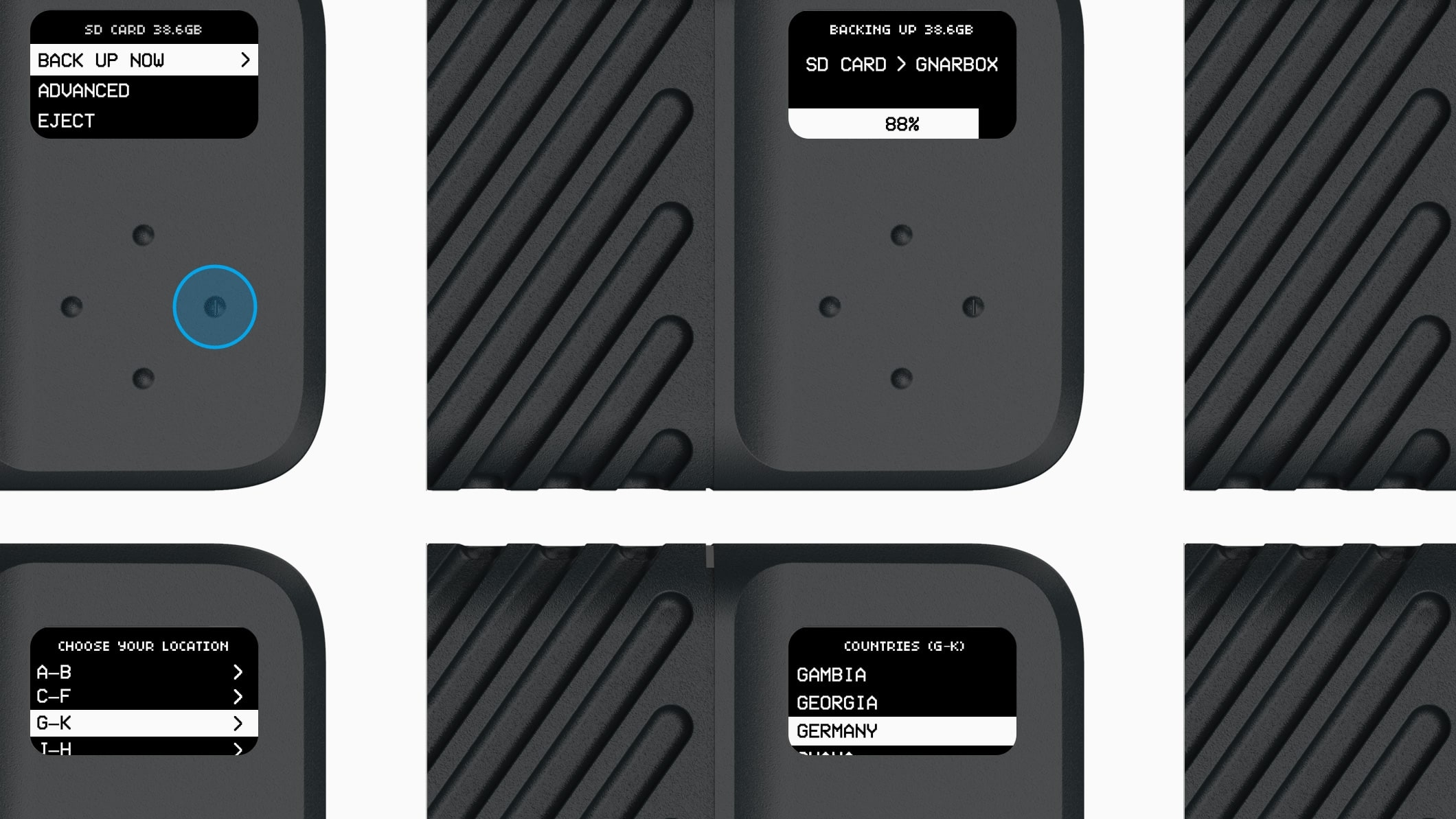
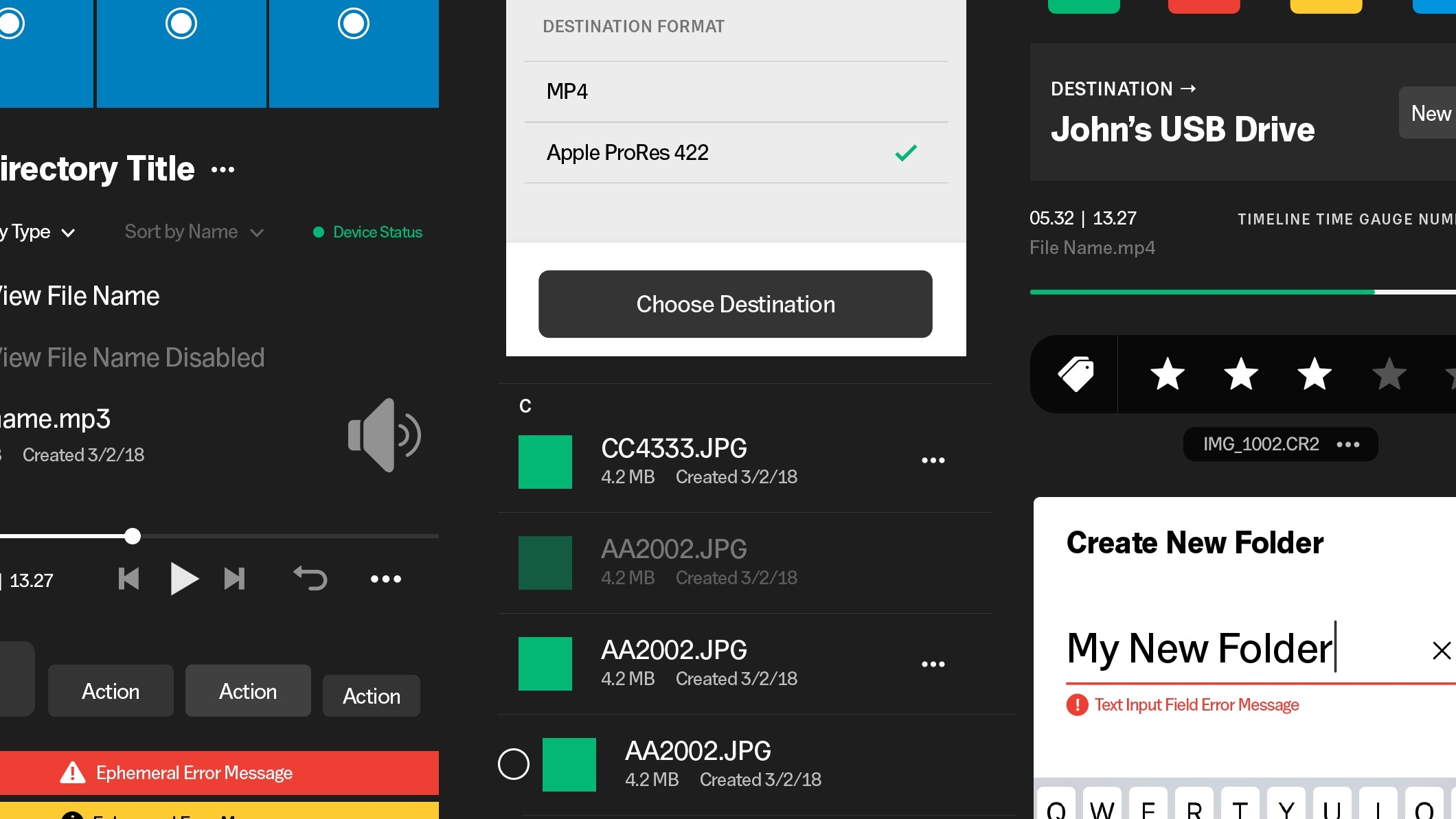
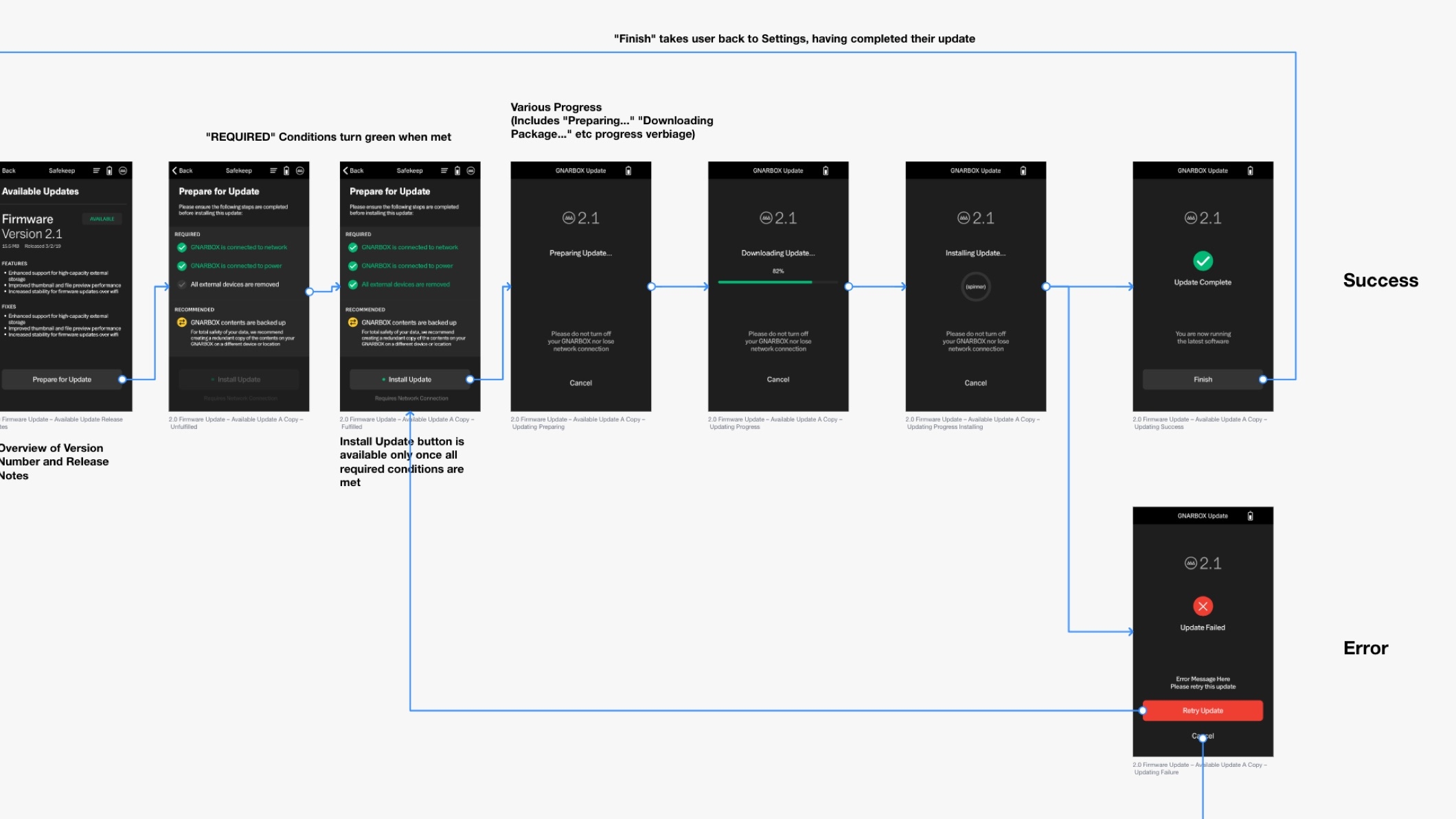
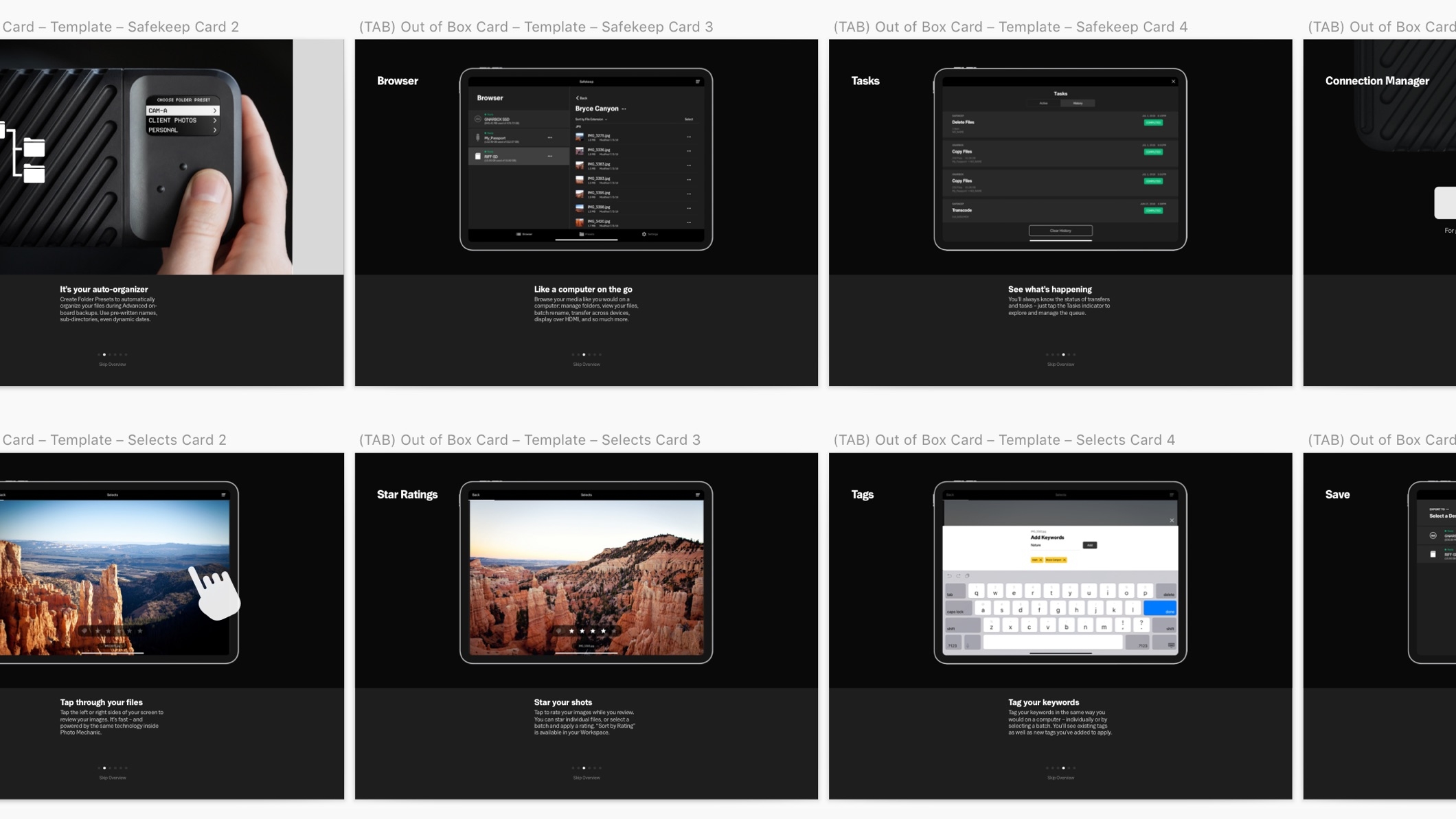
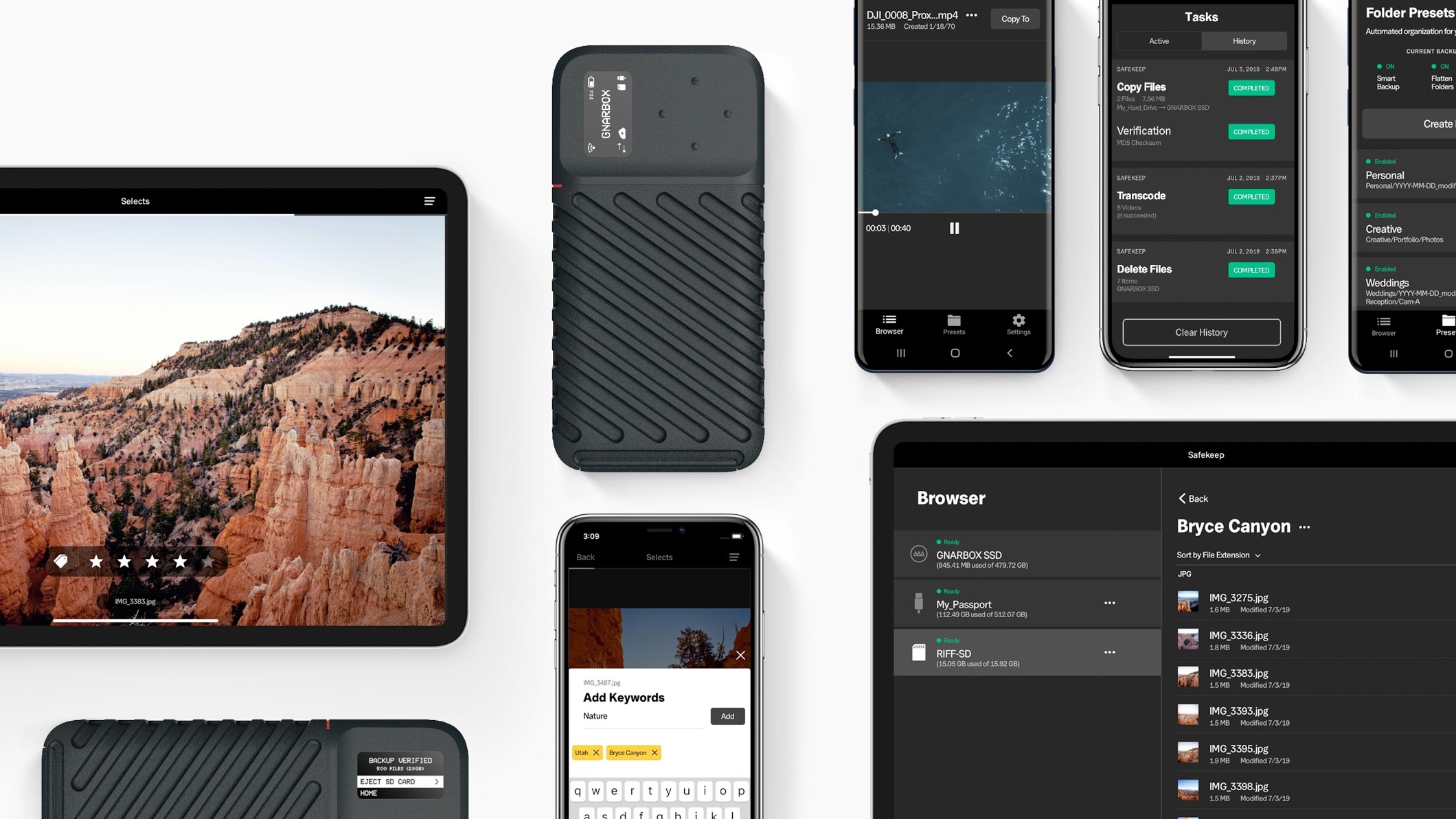


Kickstarter launch campaign
Kickstarter provided GNARBOX with a unique opportunity to build an engaged community and hype before the official product launch. So much goes into delivering a great Kickstarter campaign, from eye-catching content to influencer marketing to online community management. Also needed is a compelling product, of course. I supported content development for the Kickstarter project and stayed at the office until 5AM the night we launched as we watched customers pour in. GNARBOX 2.0 SSD was featured by Kickstarter as one of their “Projects We Love” during the campaign and won a “Best of Kickstarter” award. We threw a fun launch party in LA, too.

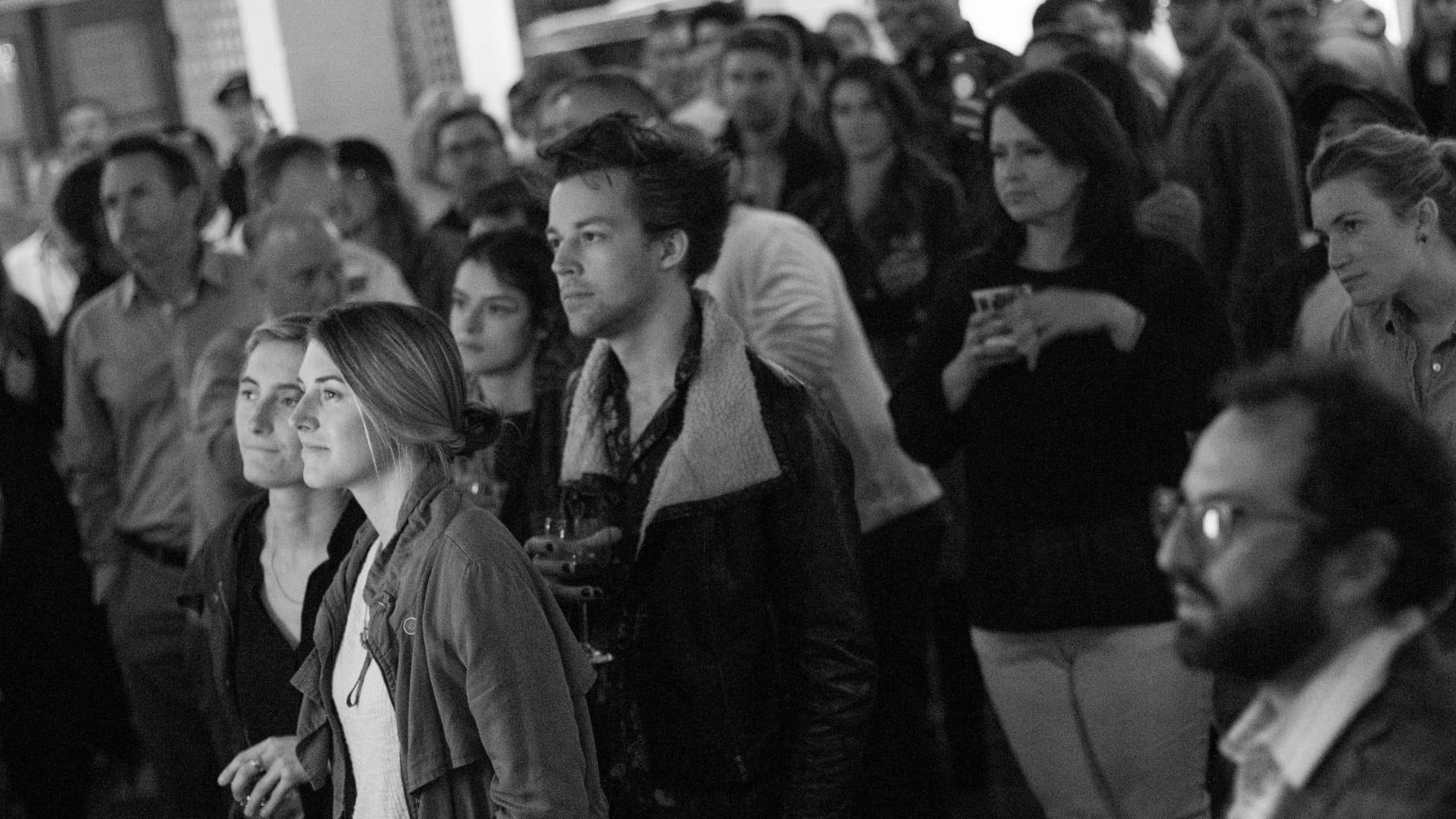
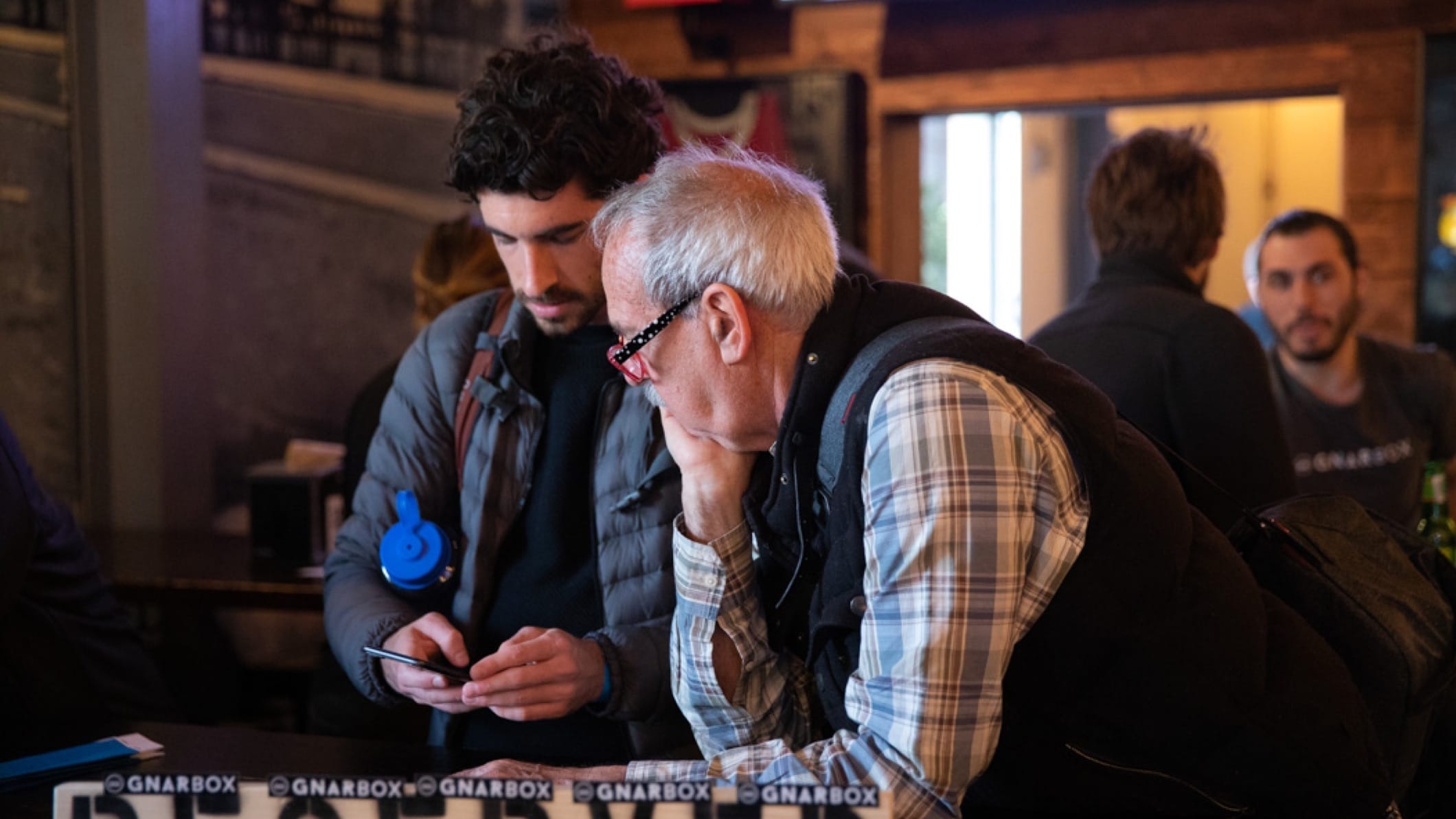
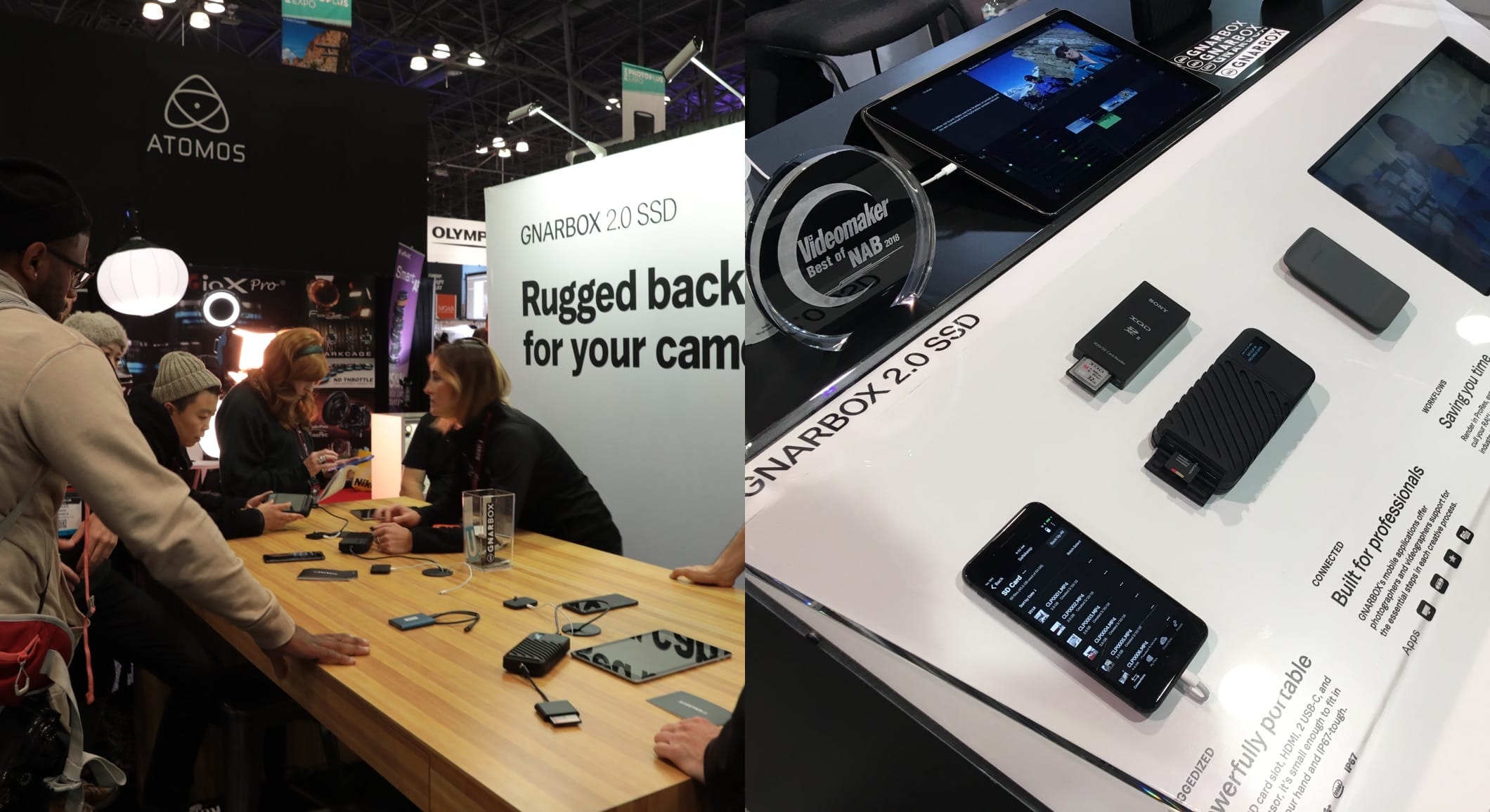
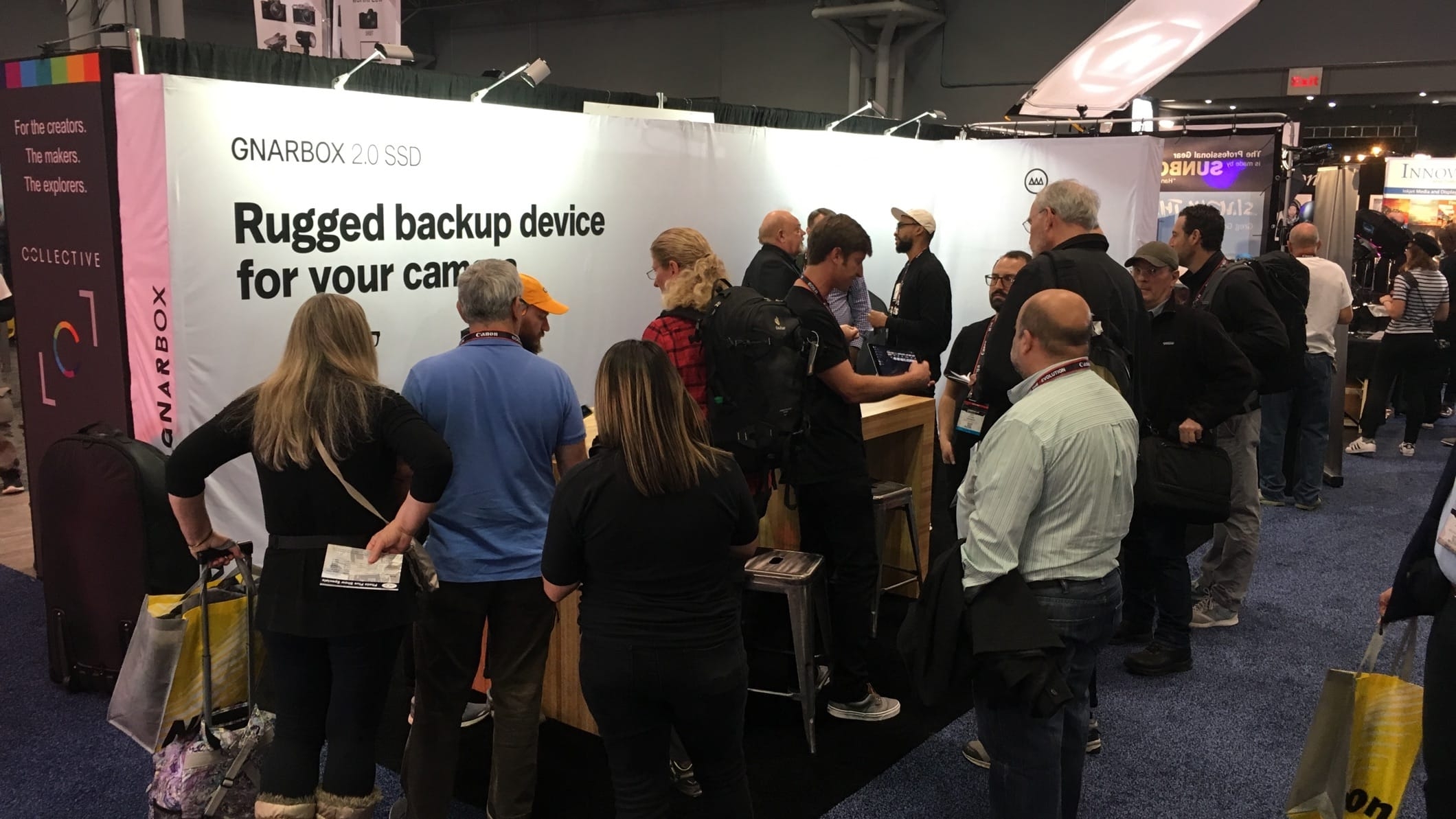
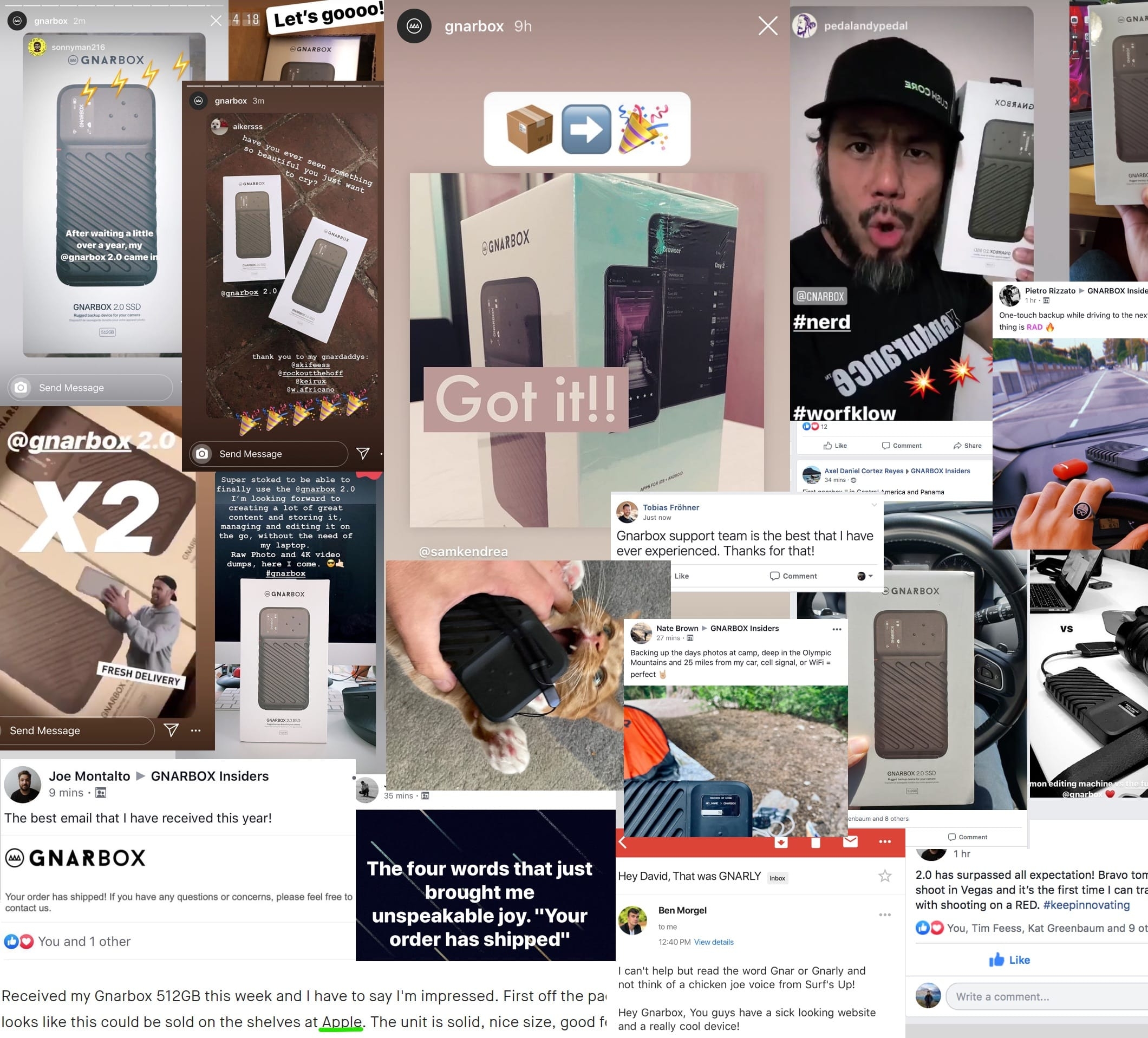
Retail packaging
With marketing leadership and a design team, I guided packaging design for the new family of products: GNARBOX 2.0 SSD, memory card readers, and removable batteries. The result gave users around the world a sleek unboxing experience.
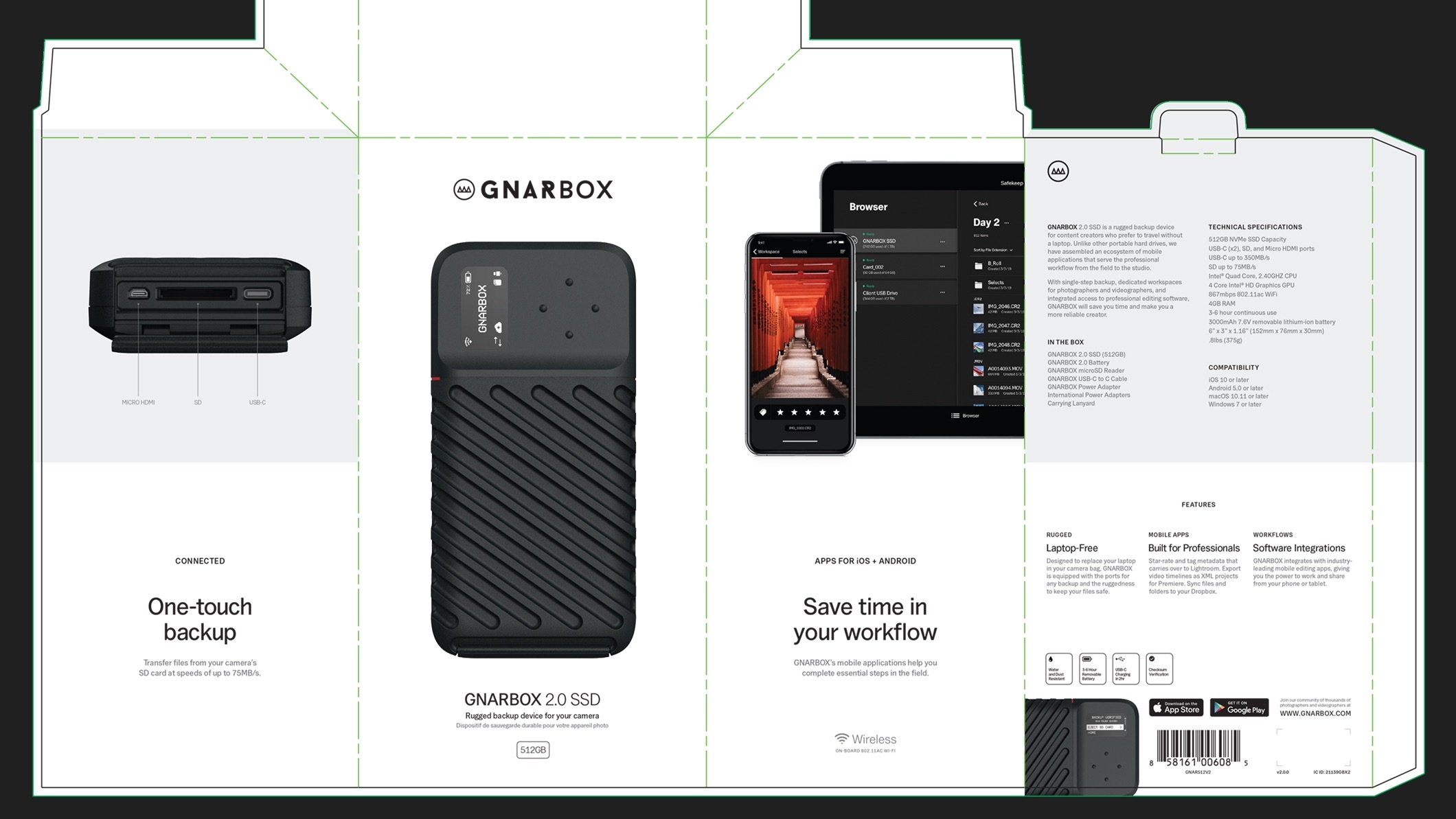
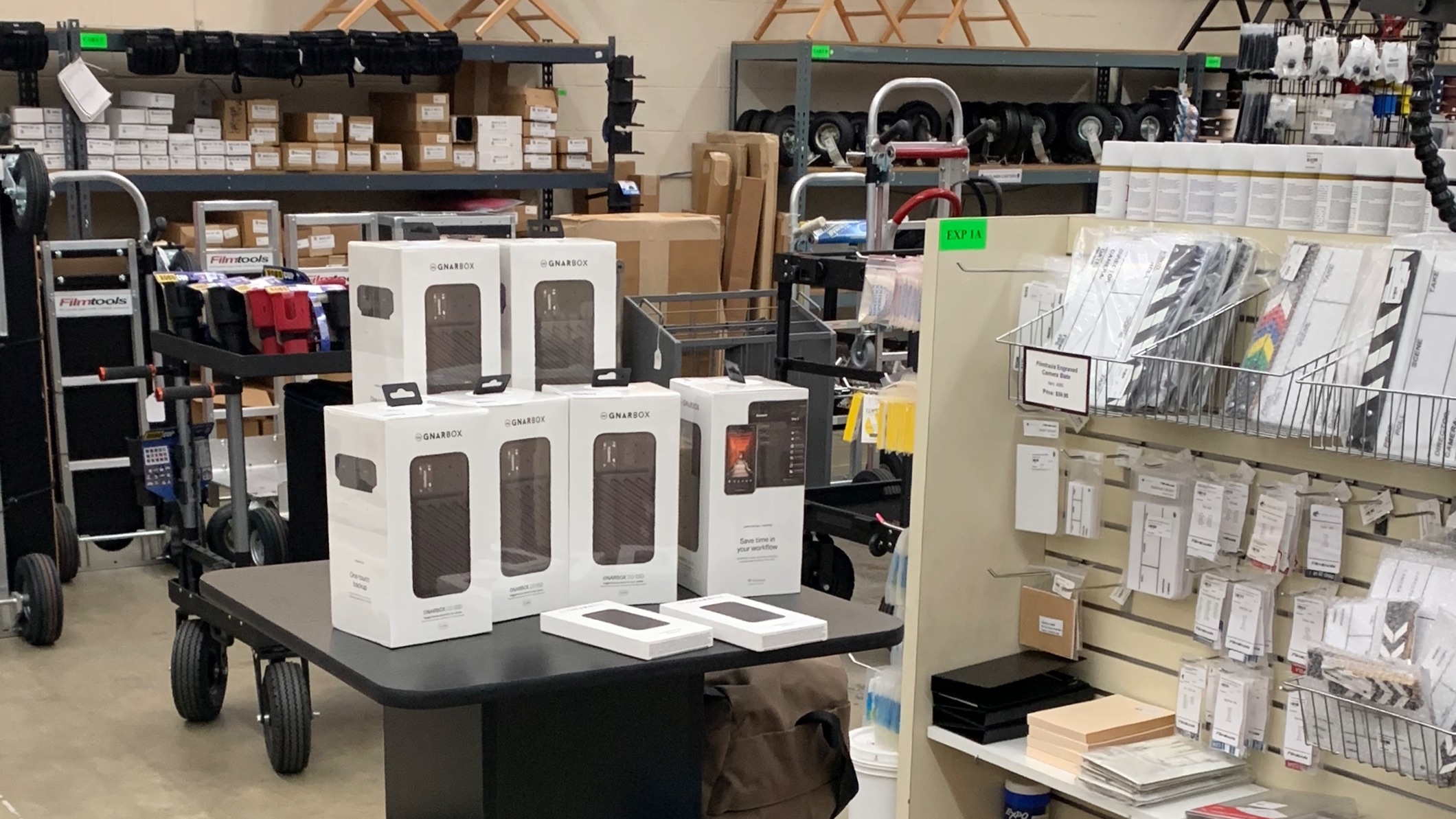
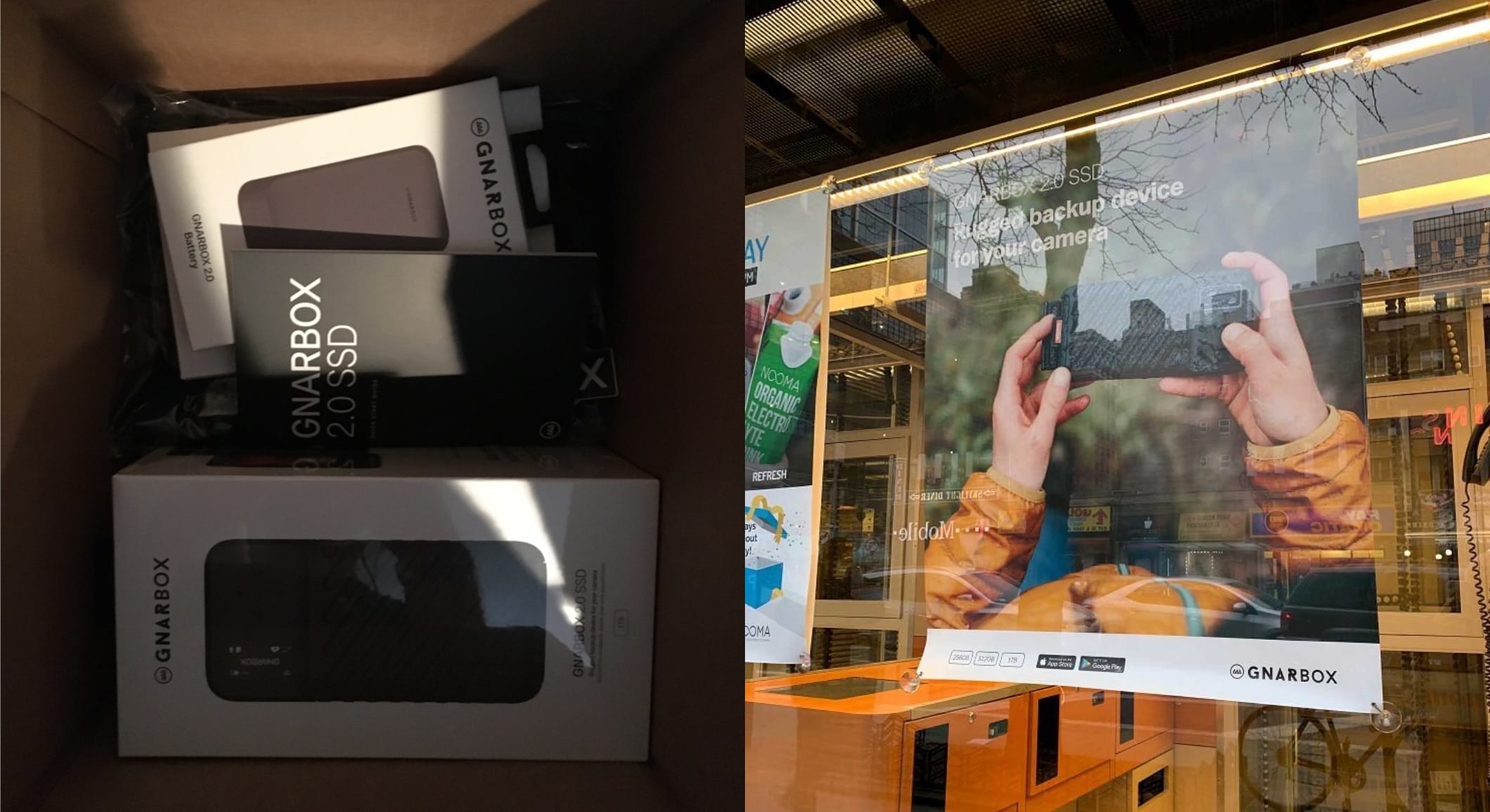
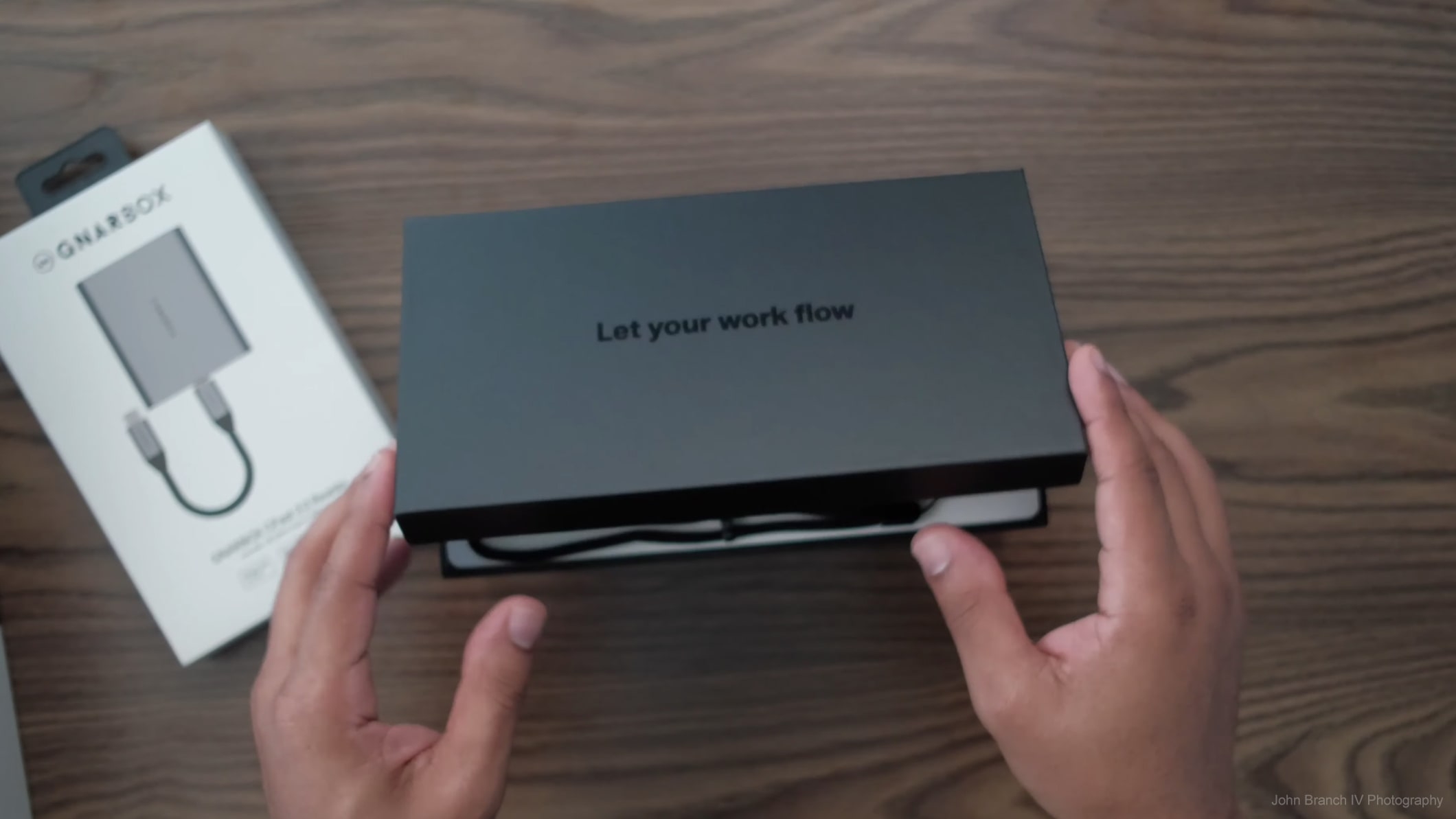
E-commerce website and customer support portal
I redesigned and managed redevelopment of the entire website from the ground up. GNARBOX e-commerce now had a real, profitable home, and users also got an awesome new support portal with detailed product walkthrough guides, video tutorials, and other resources for efficient self-service.
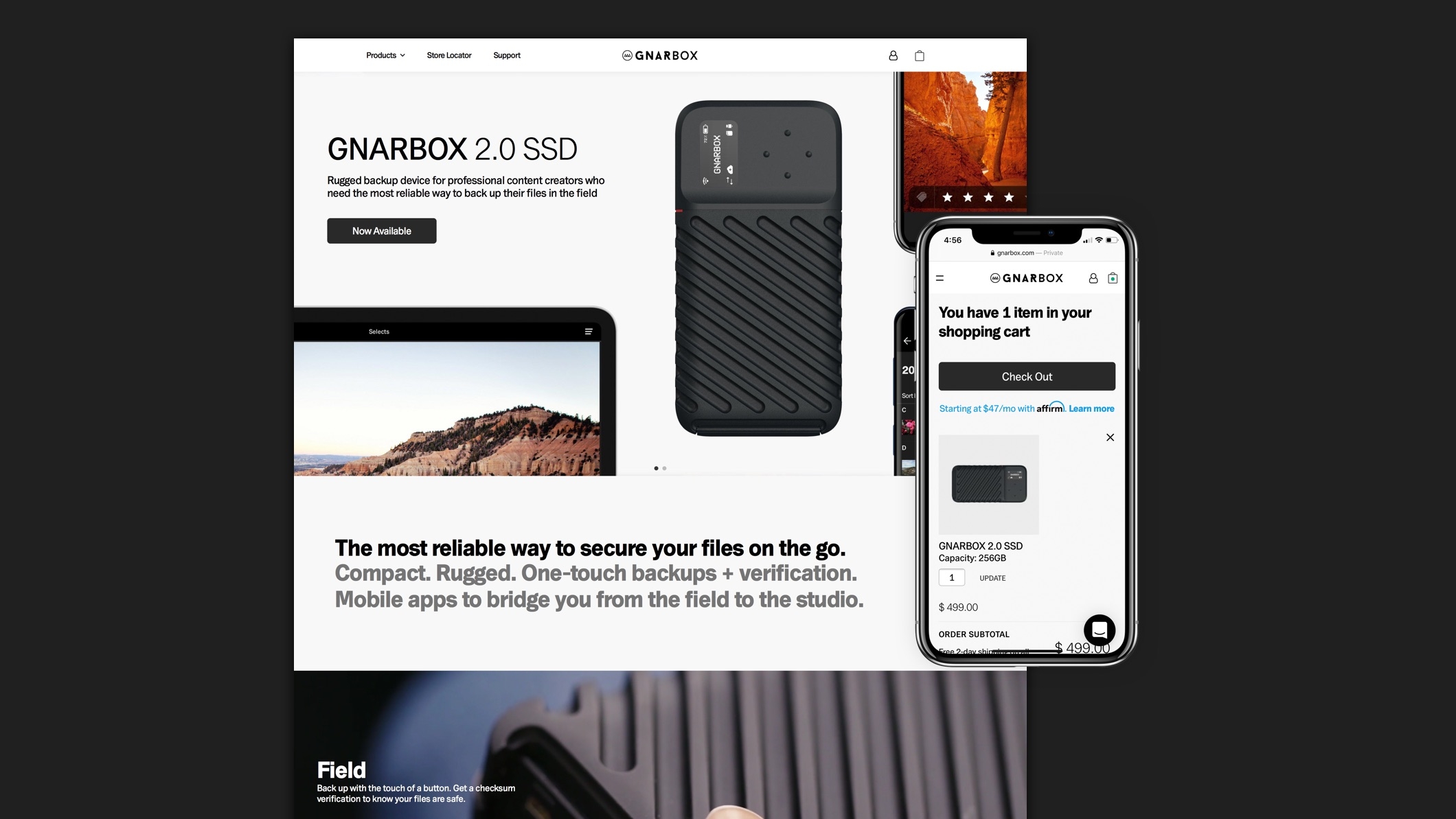
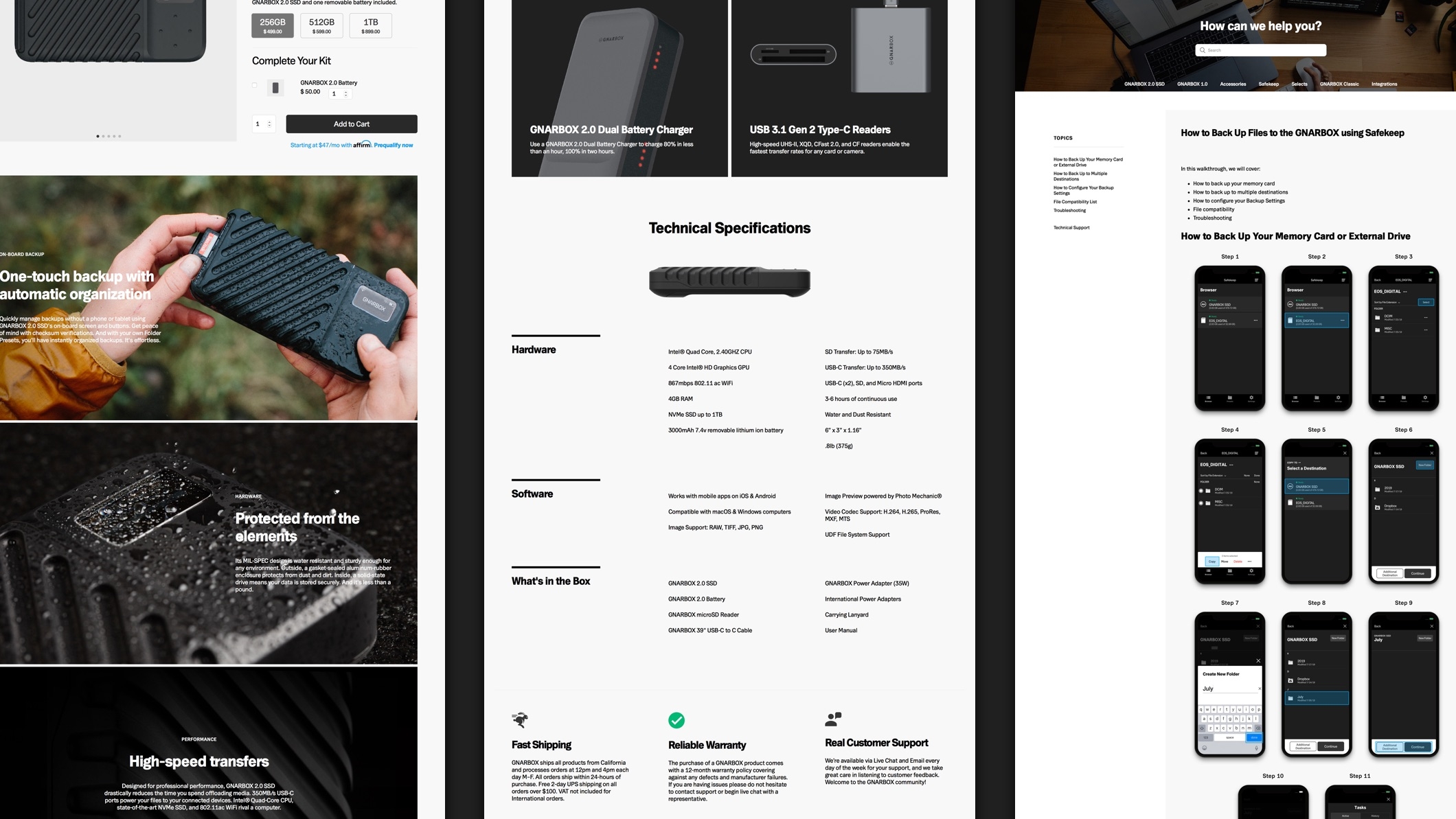
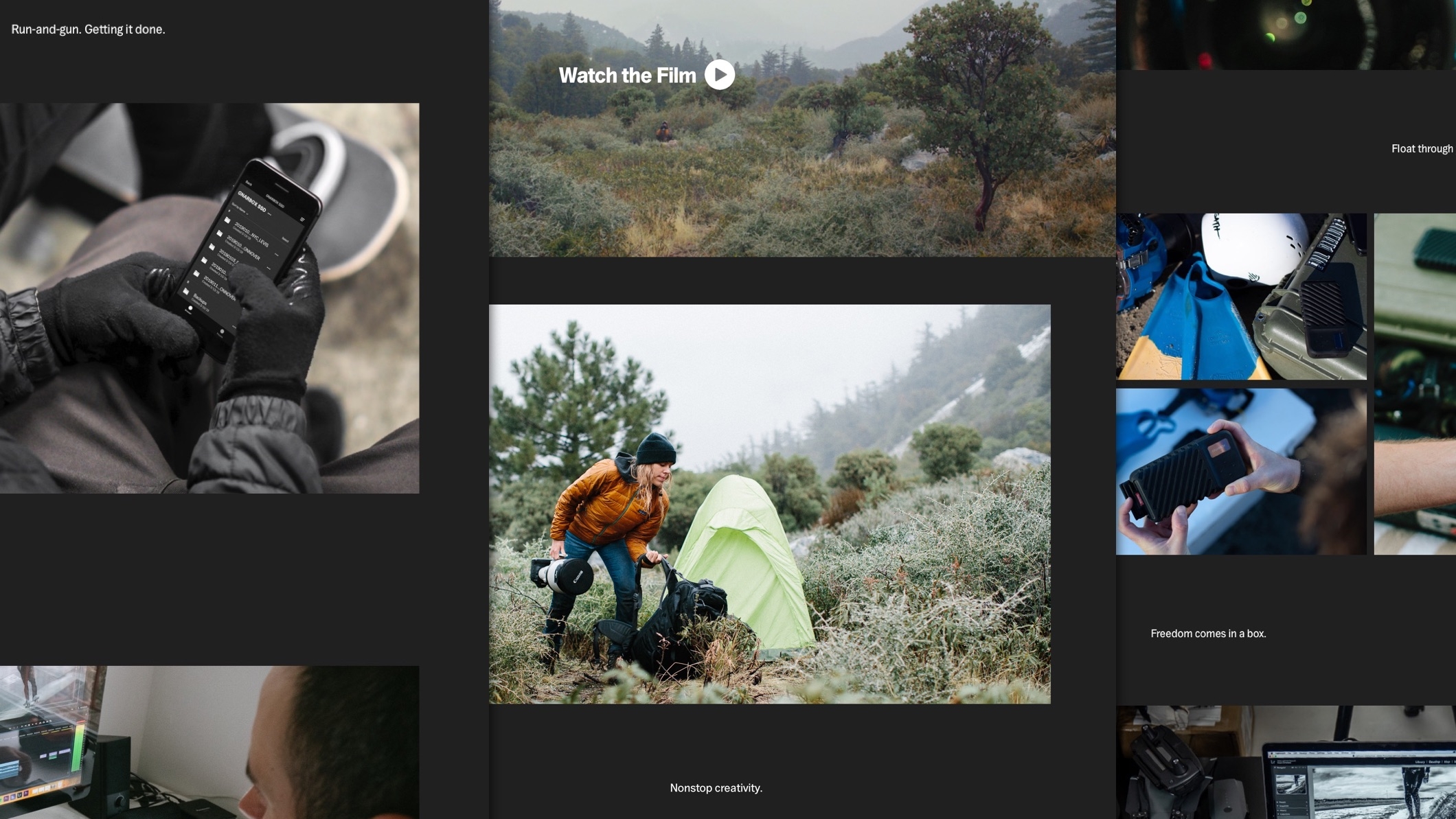
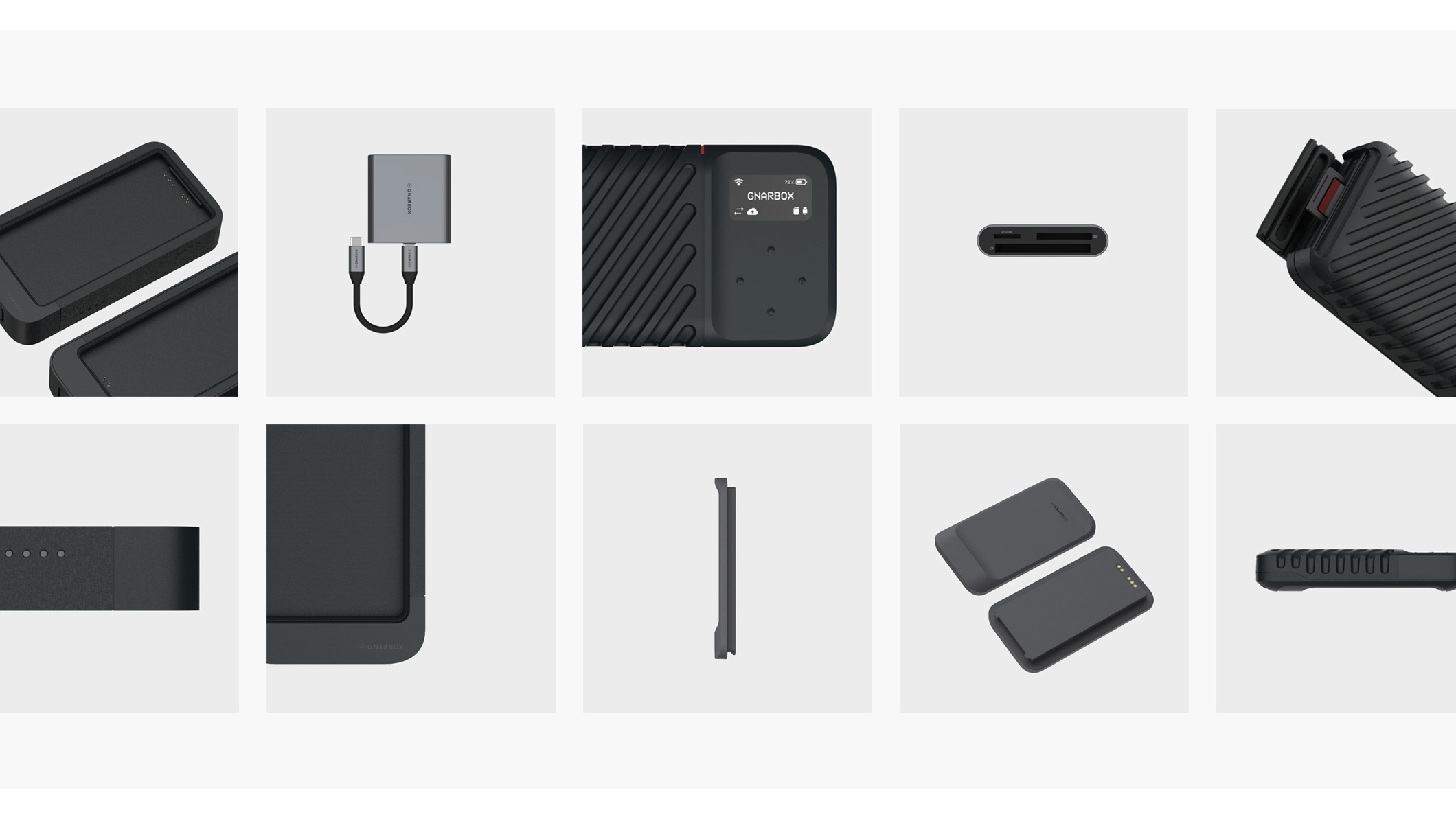
Organizational development
Systematically redesigning the organization’s core meetings, I changed the way our people engaged, learned, and coordinated. By implementing things like new in-the-field reporting meetings on product and user feedback, experiential retrospective formats for developers, and cross-department alignment workshops, I created the conditions for quieter voices to participate, important agendas to be highlighted in clearer terms, and the organization’s communication to become more self aware and continuously improve through better feedback.
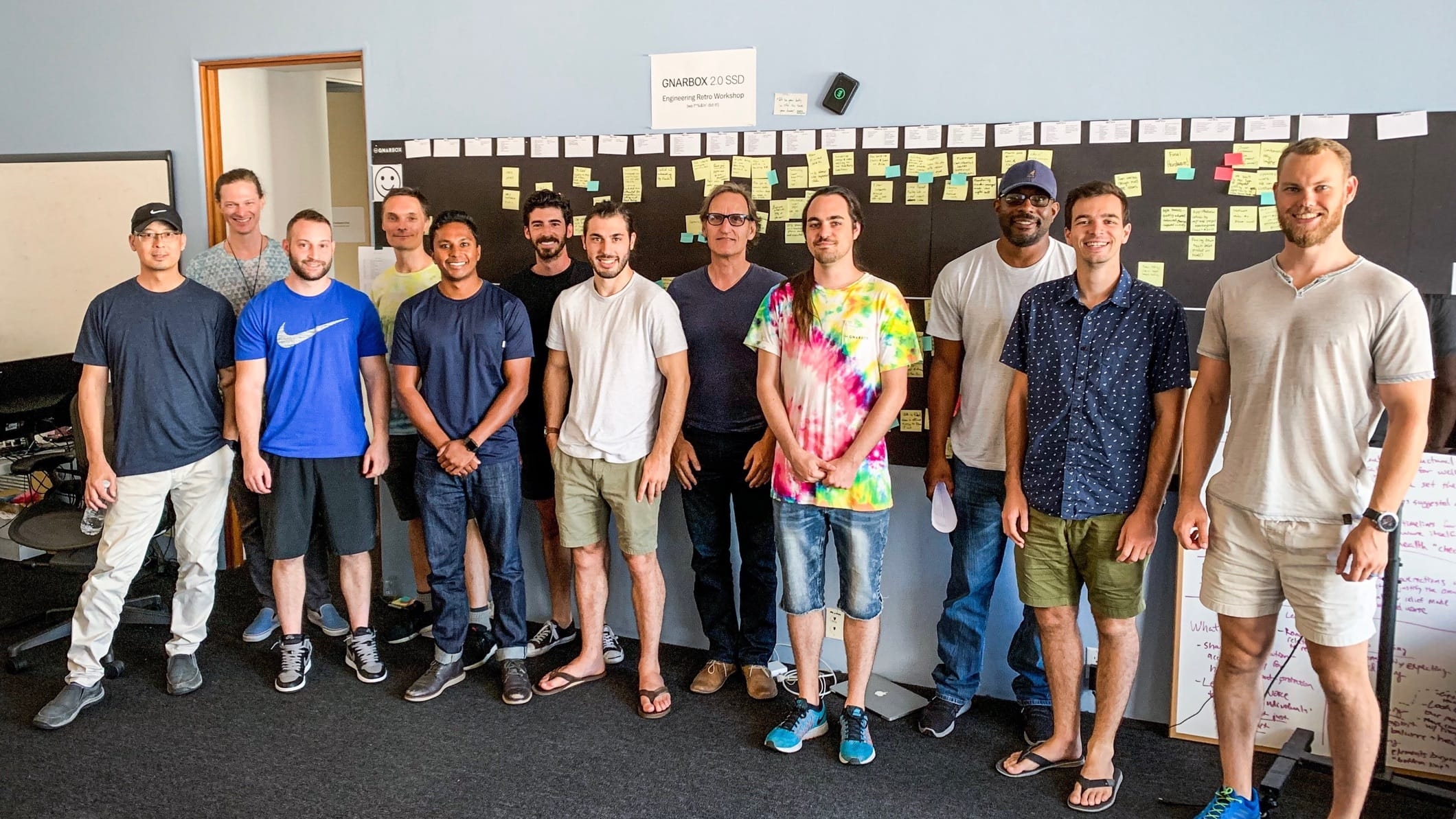
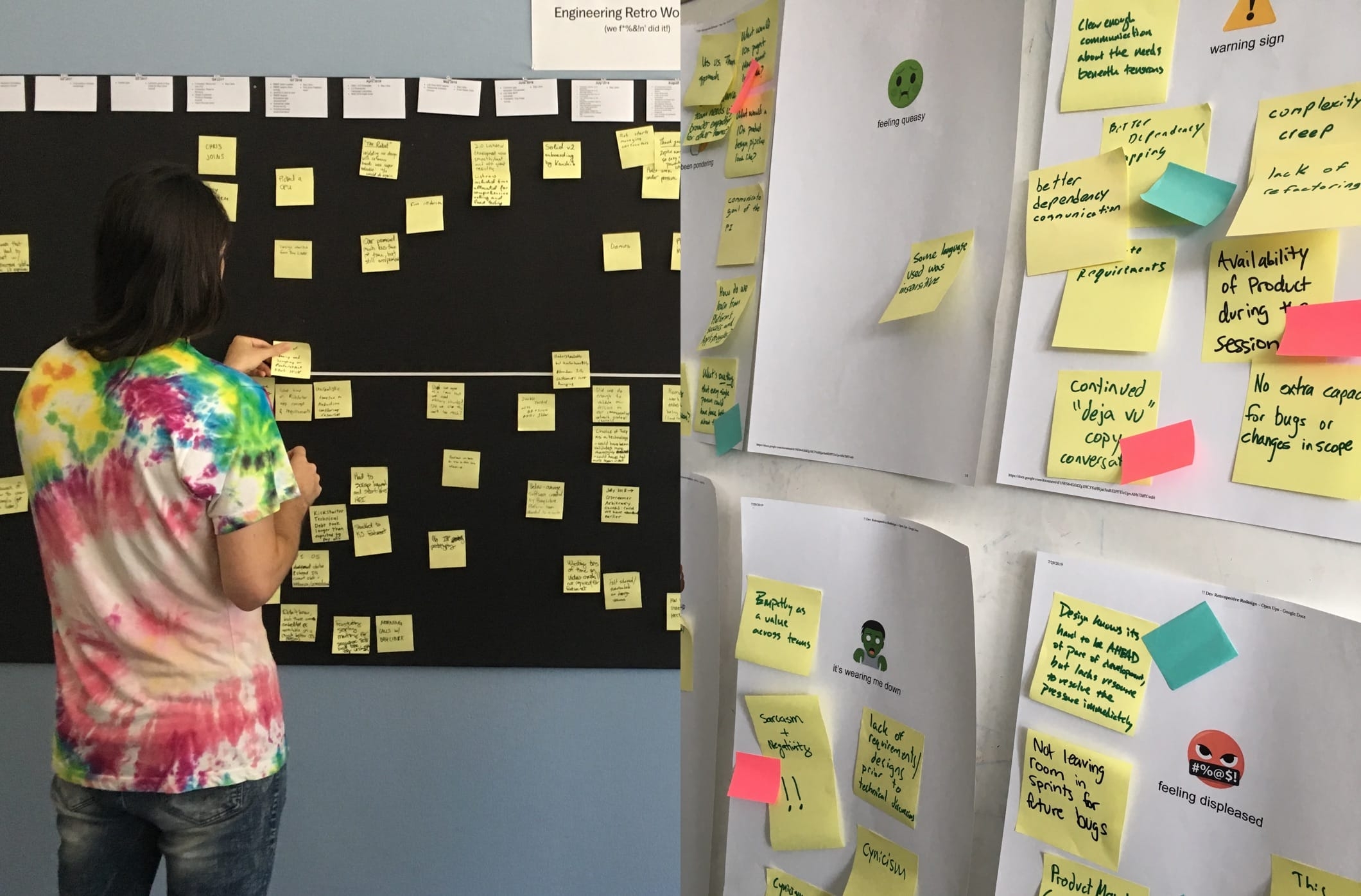
Internal coaching
I acted as an advisor and internal coach to a variety of leadership and individual contributor roles across the organization, finding people at their developmental positions and encouraging their growth through mindset, communication, role development, and fresh organizational resources. This resulted in outcomes like moving someone from the edge of quitting to renewed role clarity and purpose, structurally reducing team toxicity through nonviolent communication, and inspiring people to think (and take creative responsibility) like org designers.

Gratitude
For a dedicated down-to-earth team, peers who encouraged can-do creativity in the face of many unknowns, and the Santa Monica sun for splashing GNARBOX HQ with its light.
